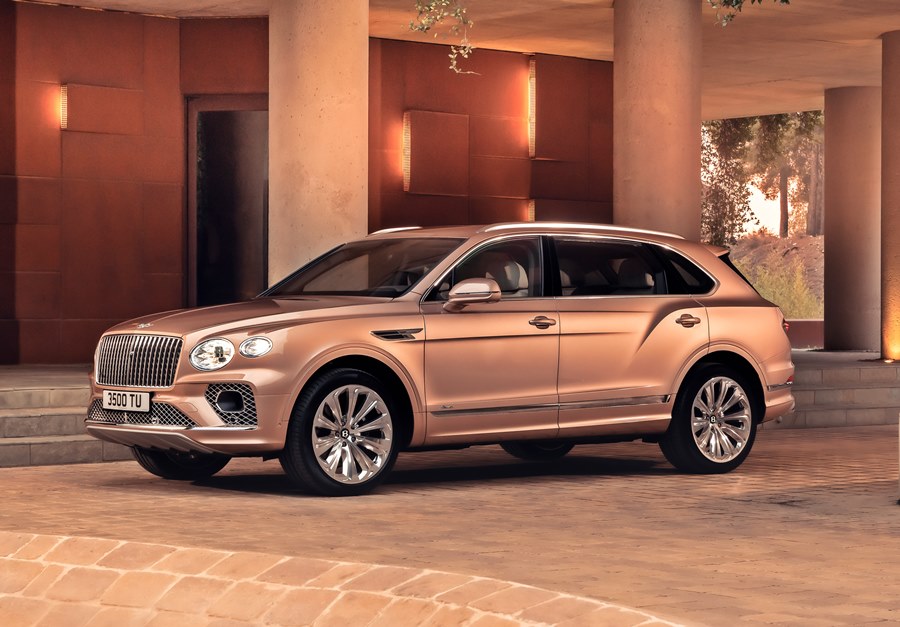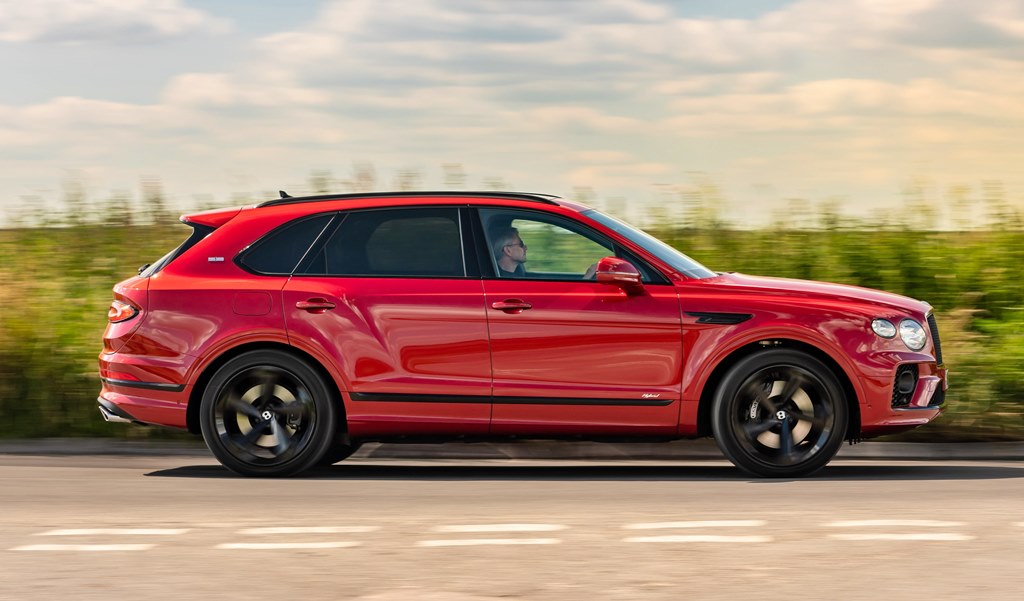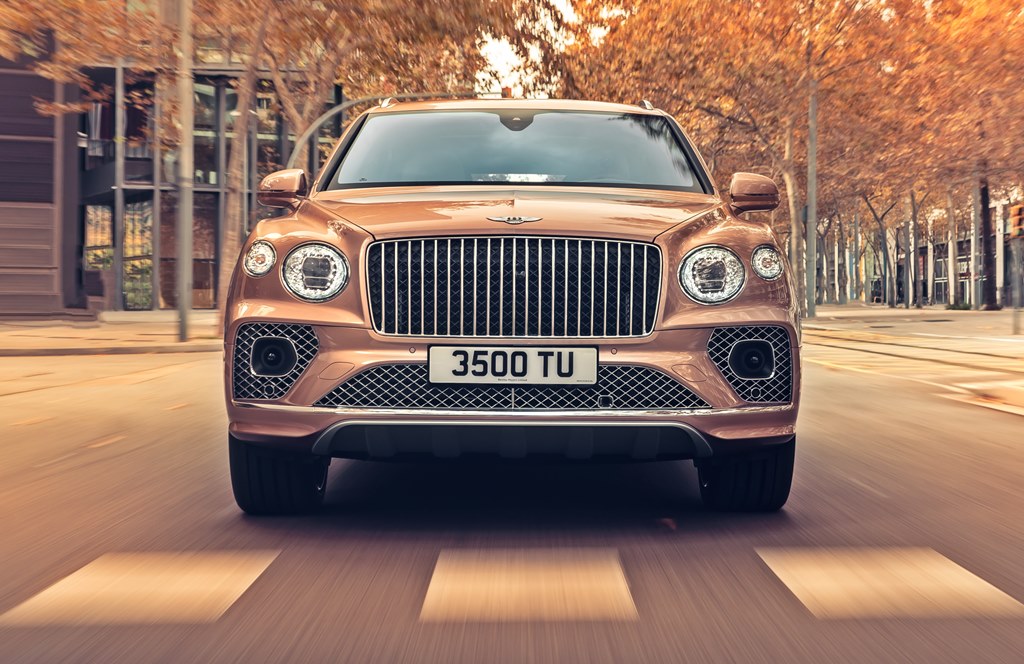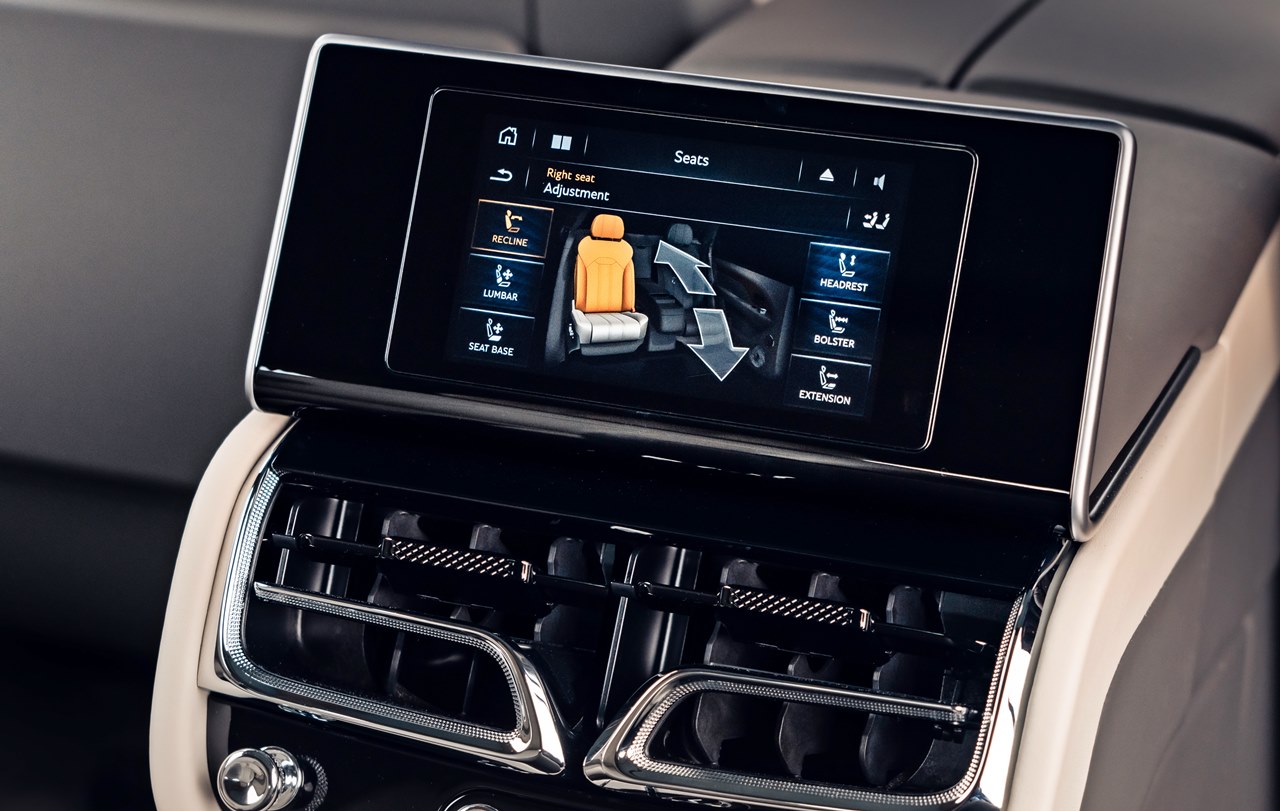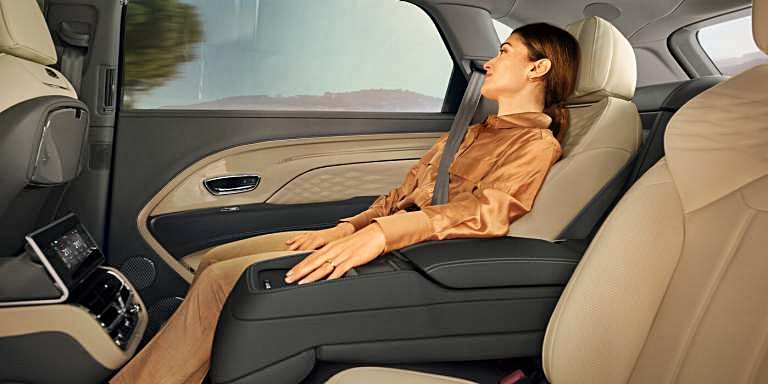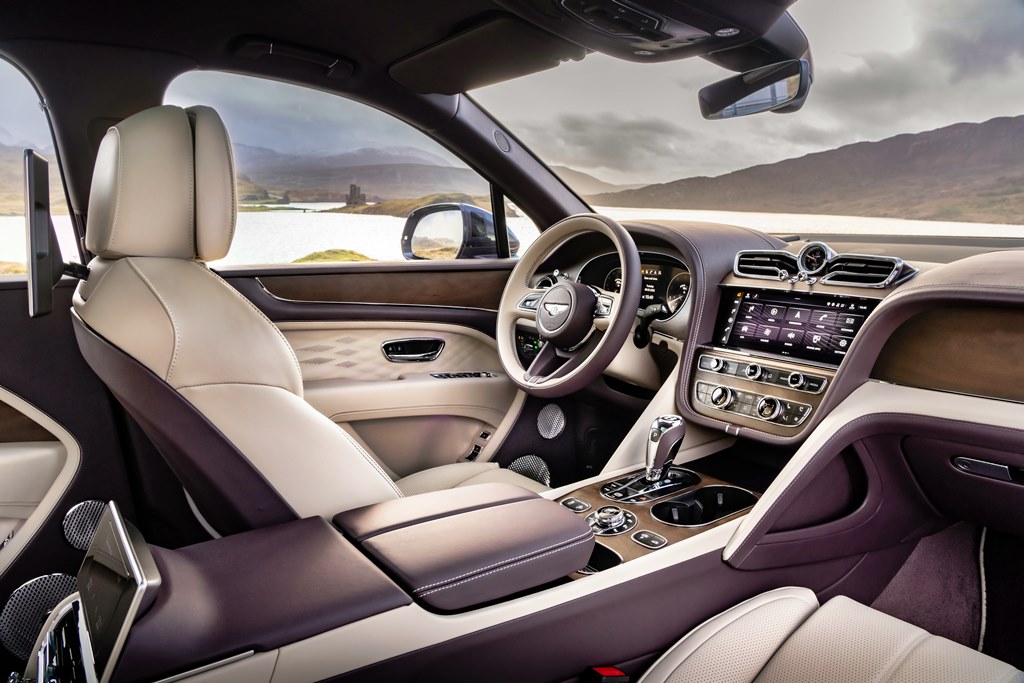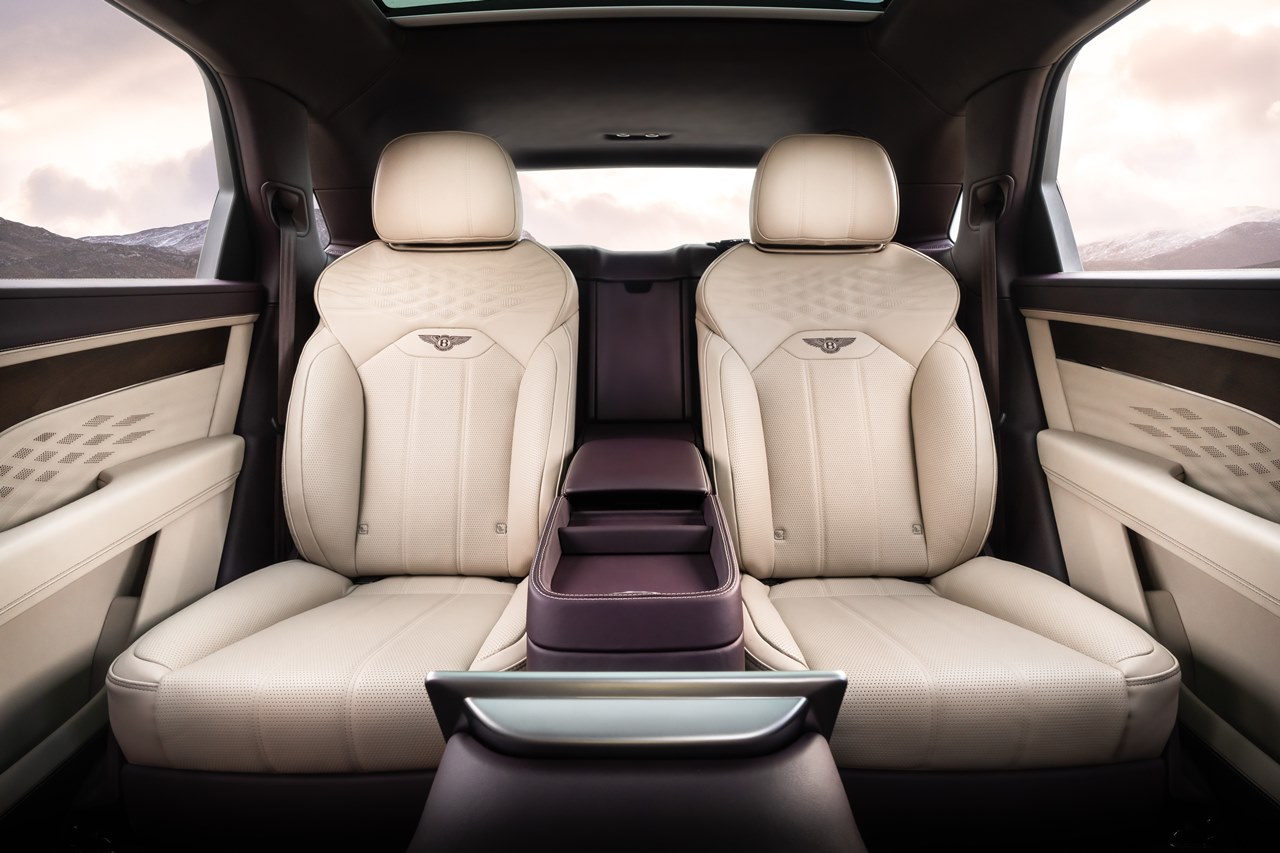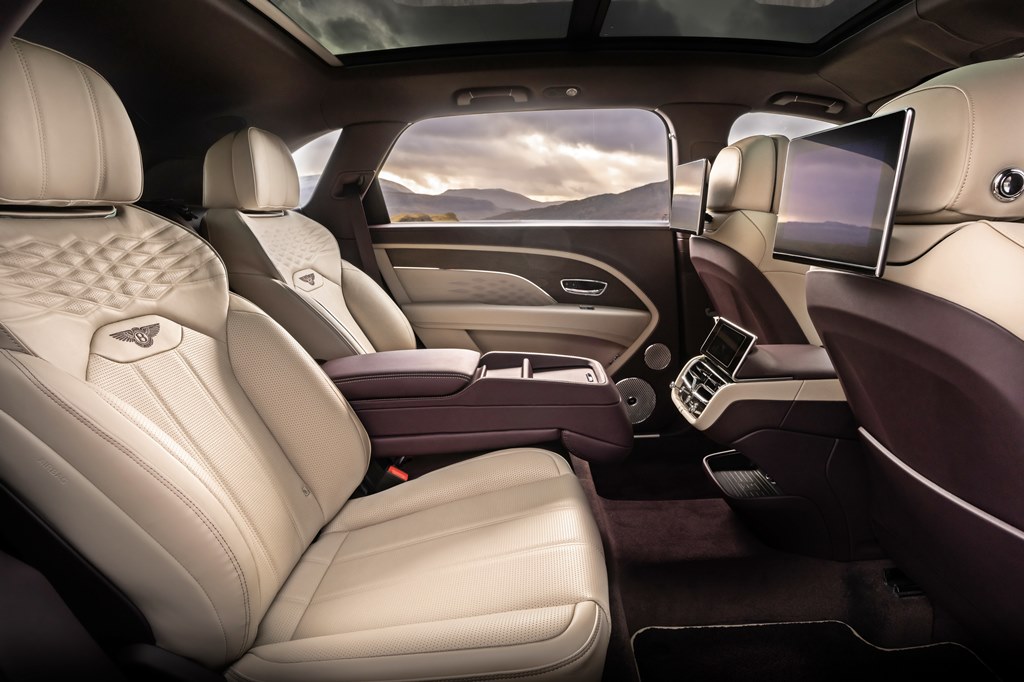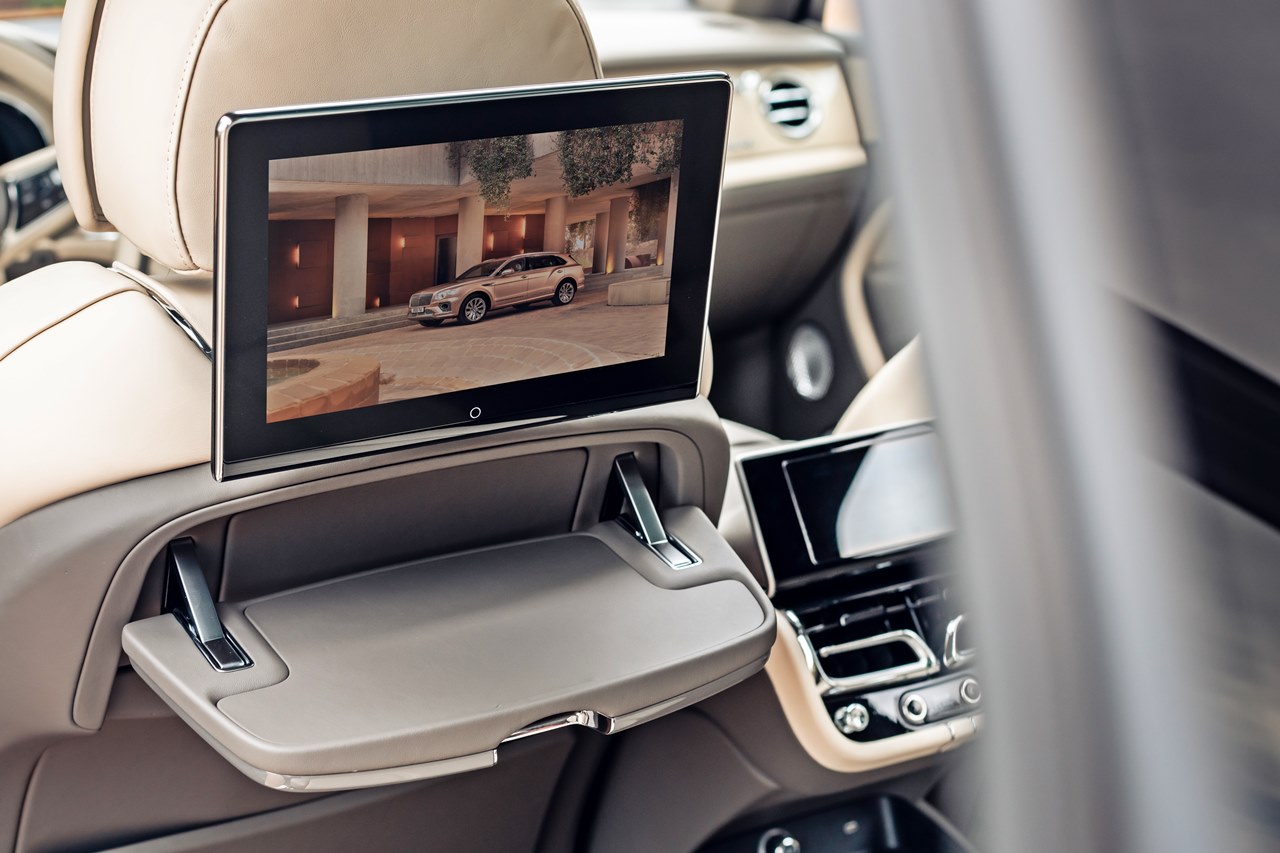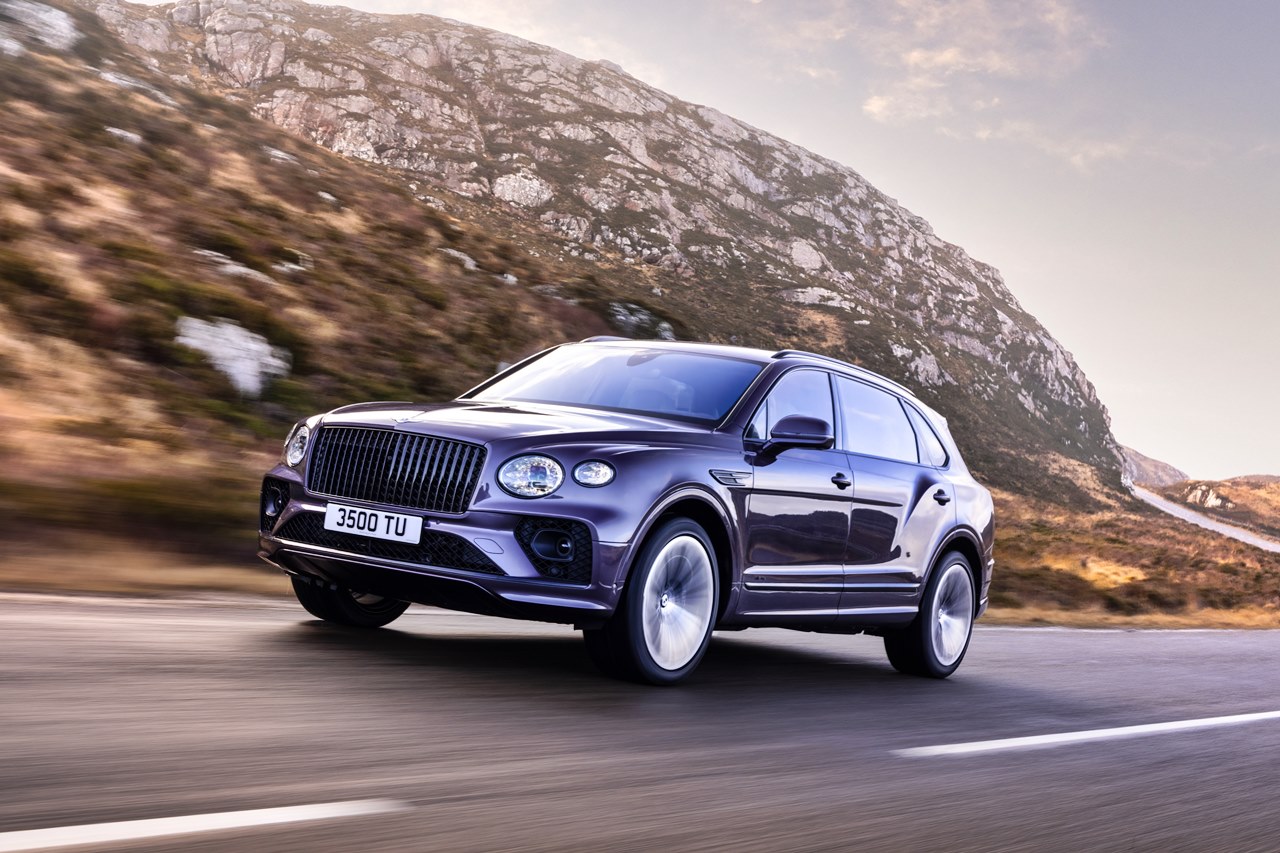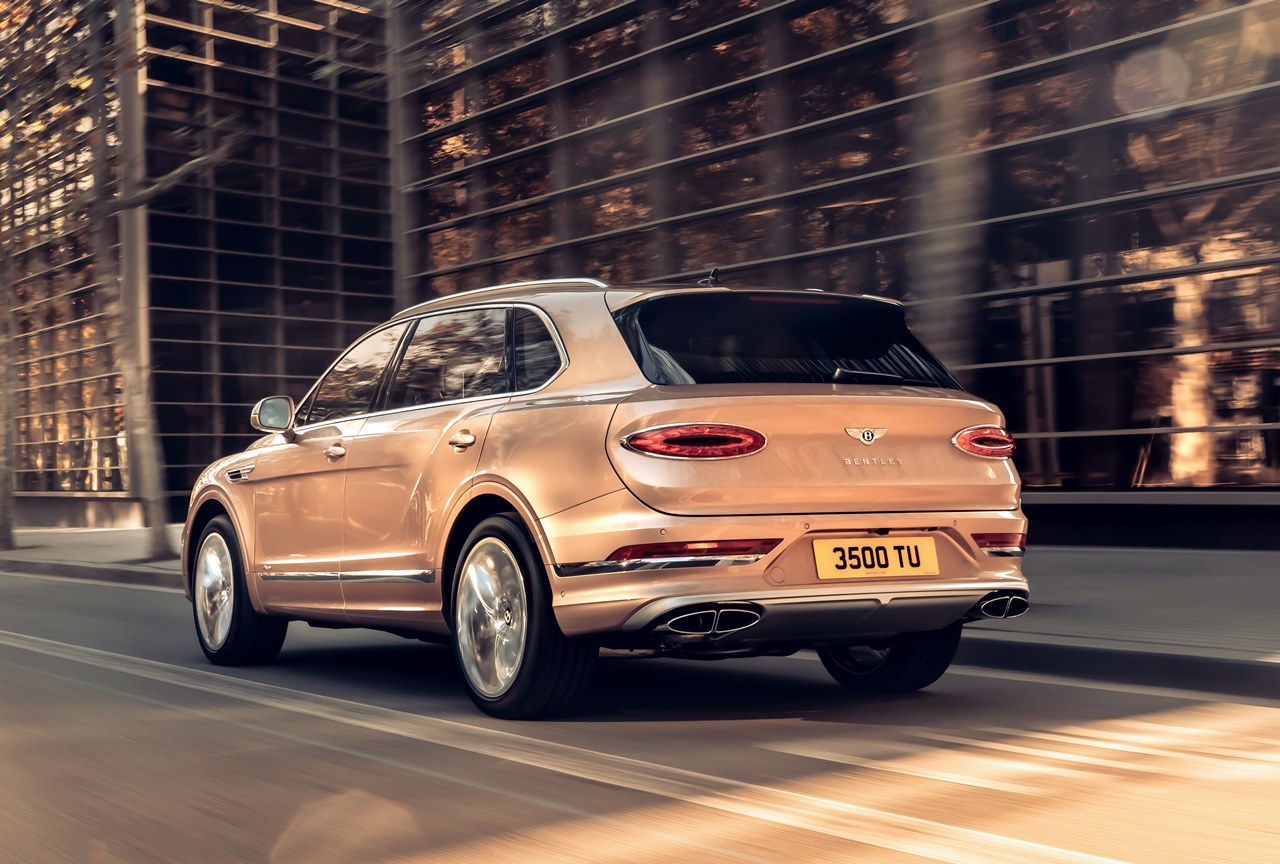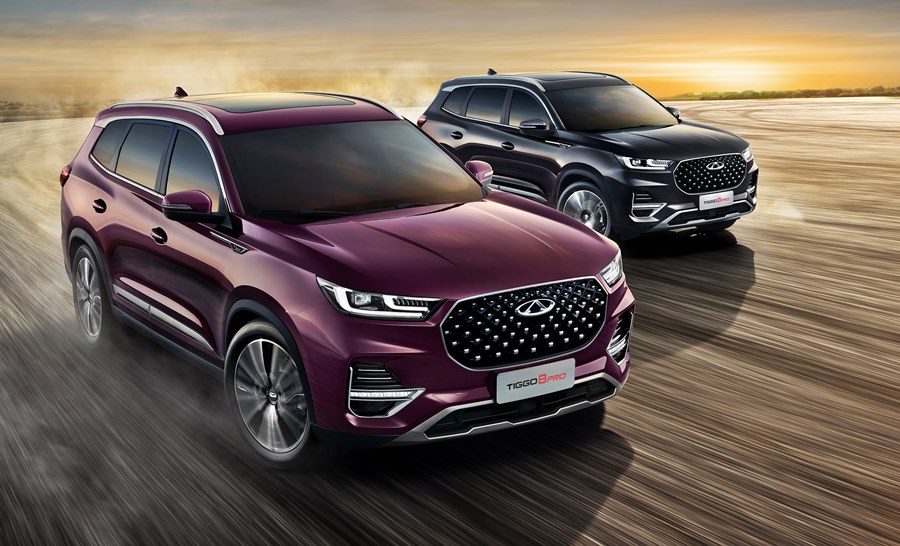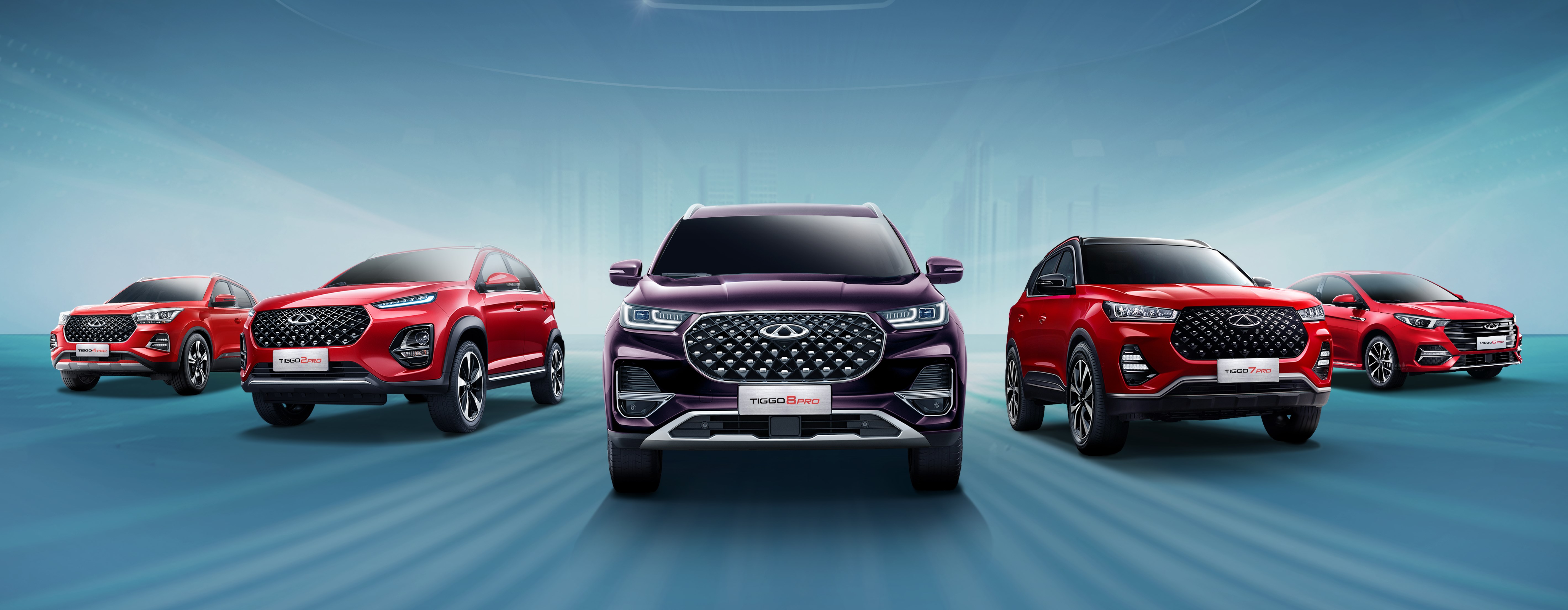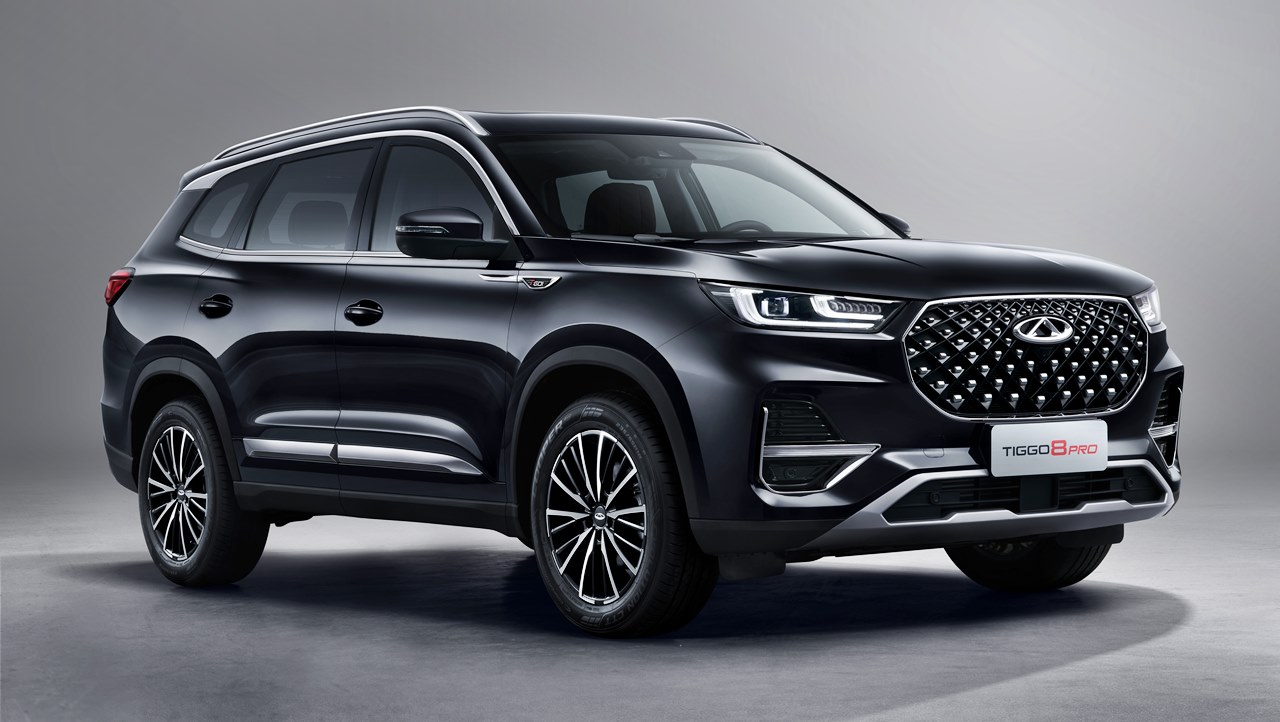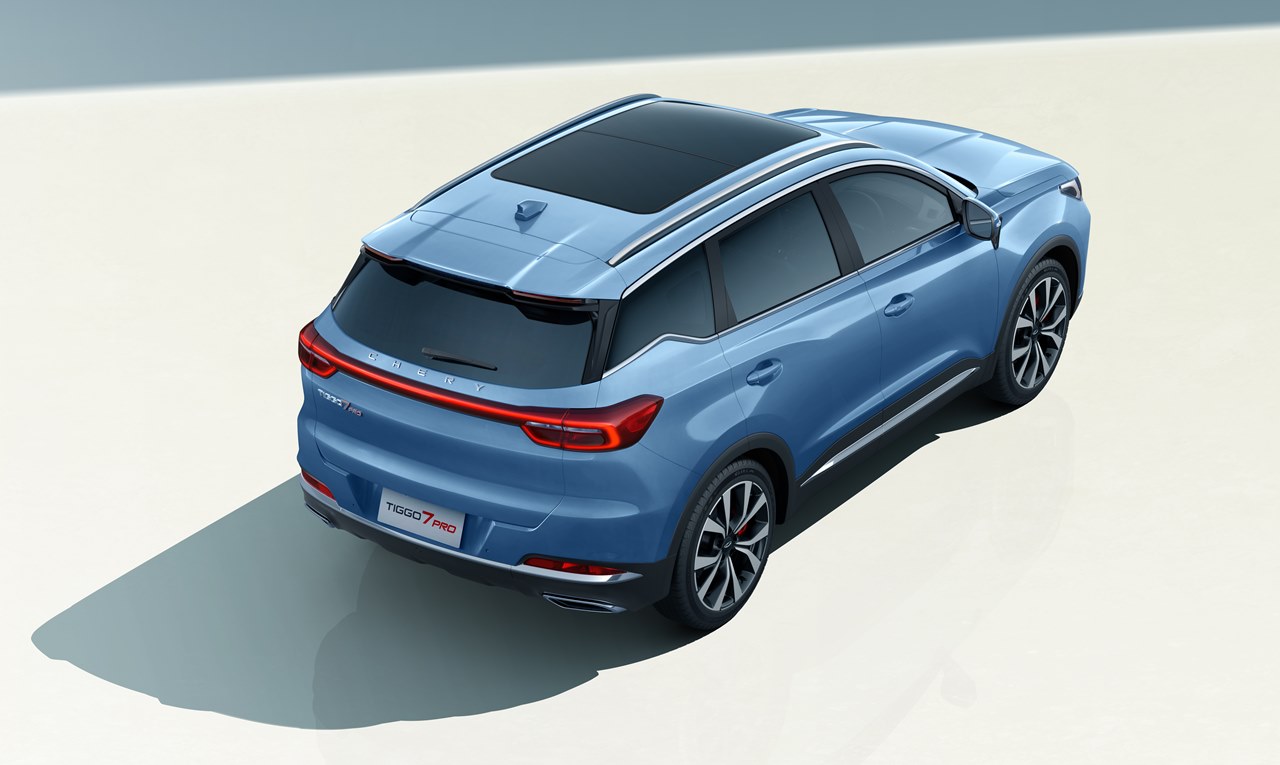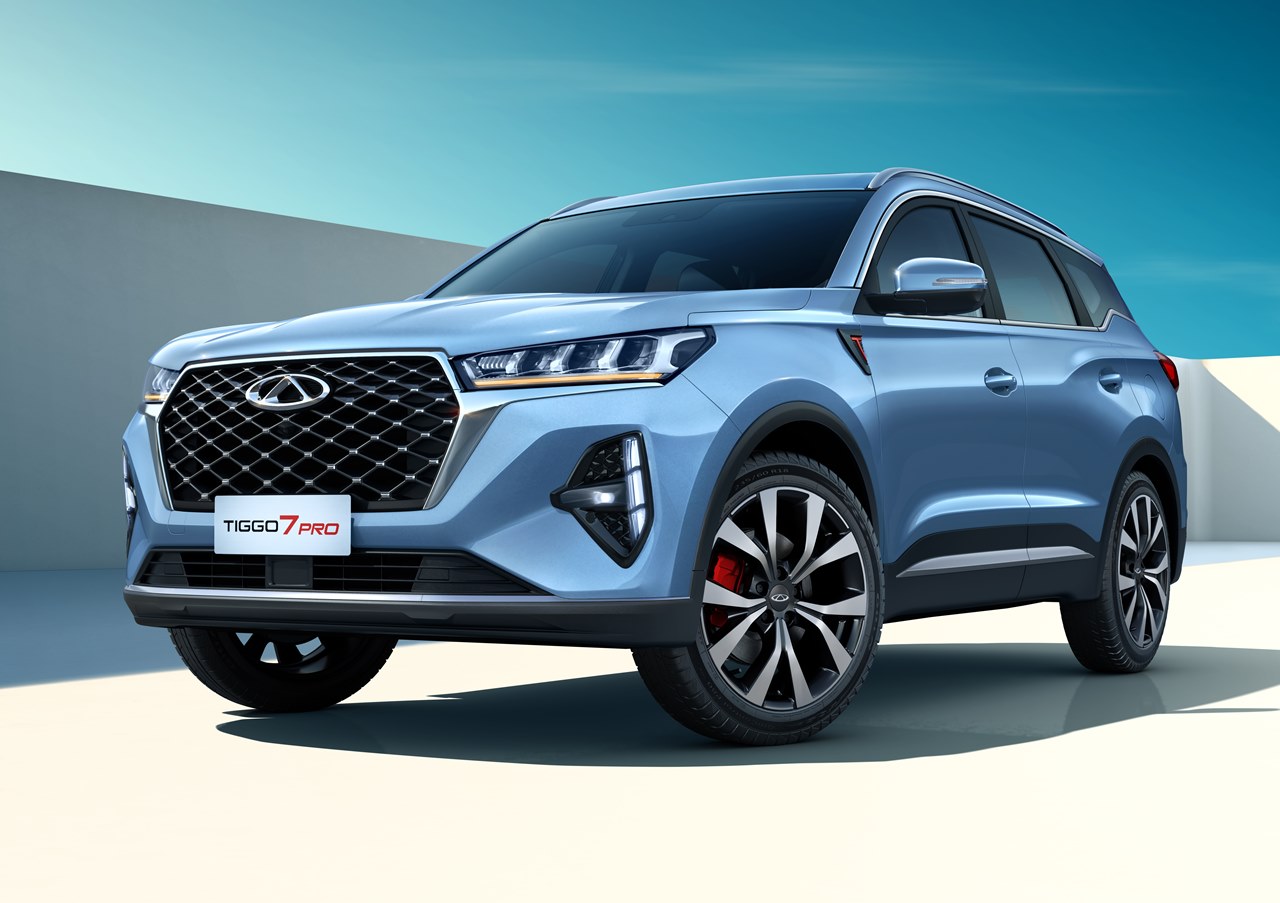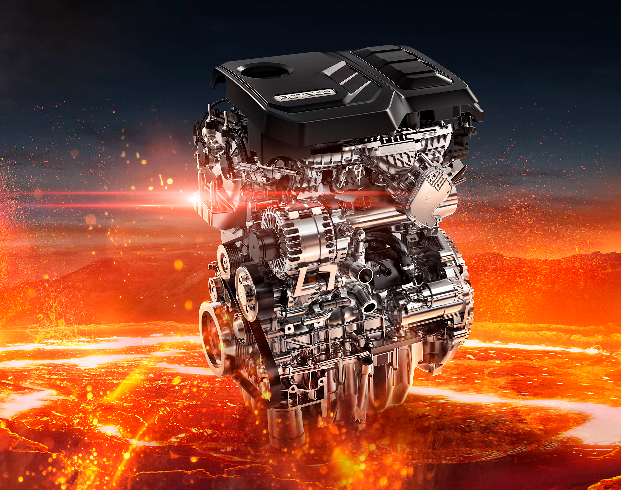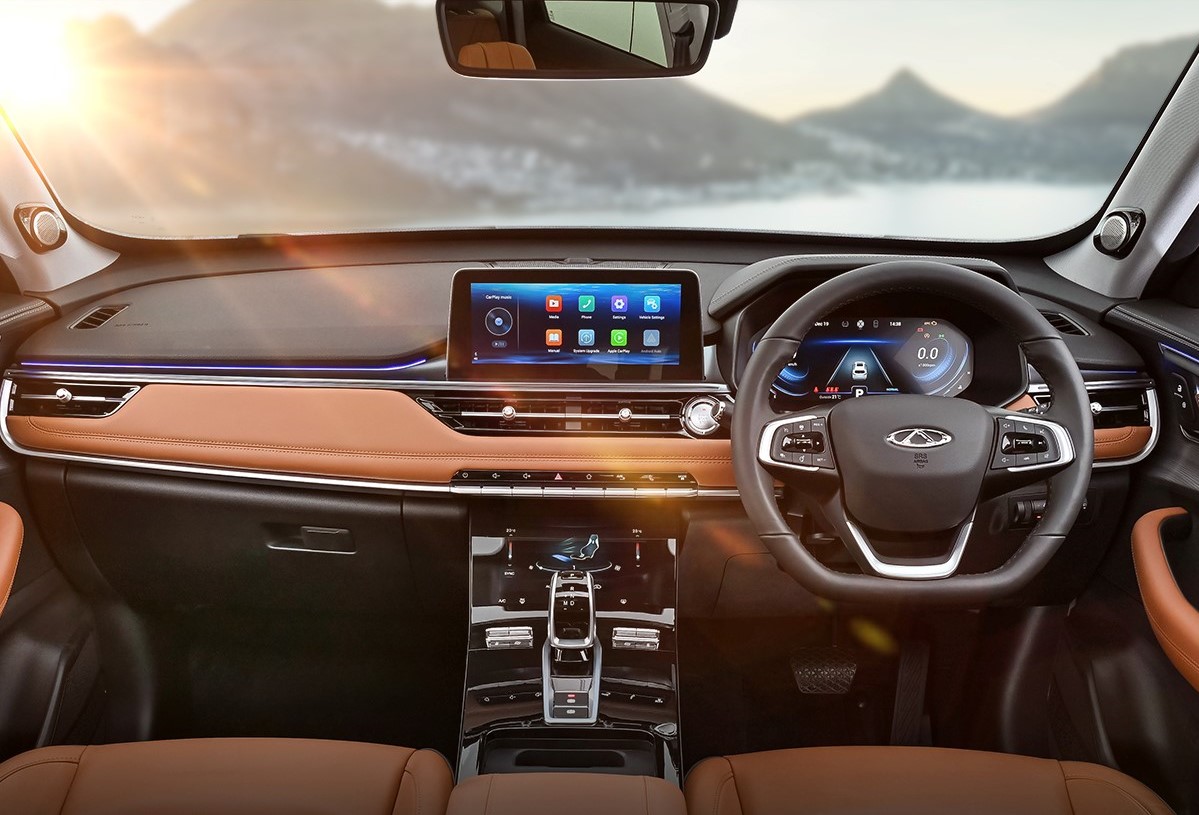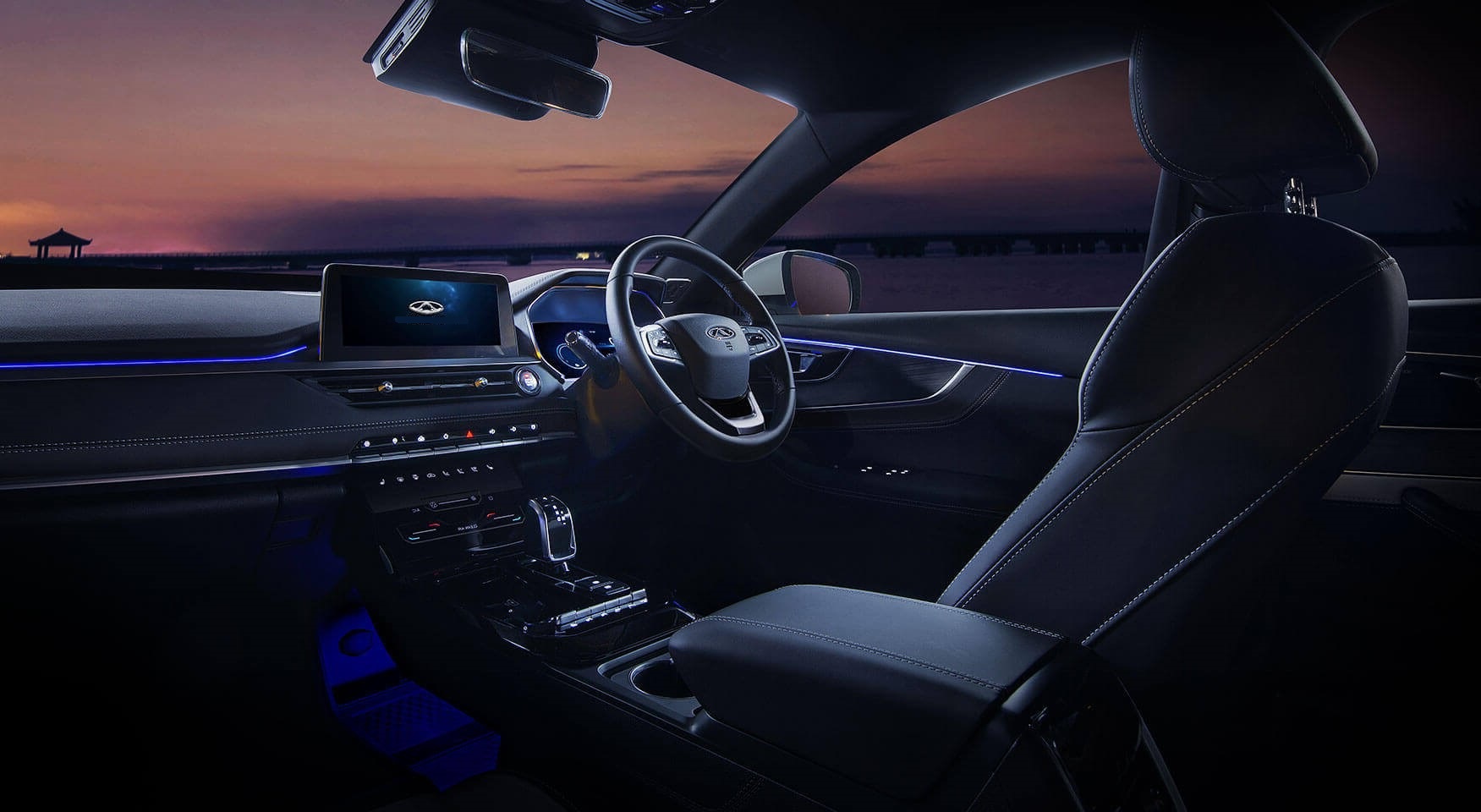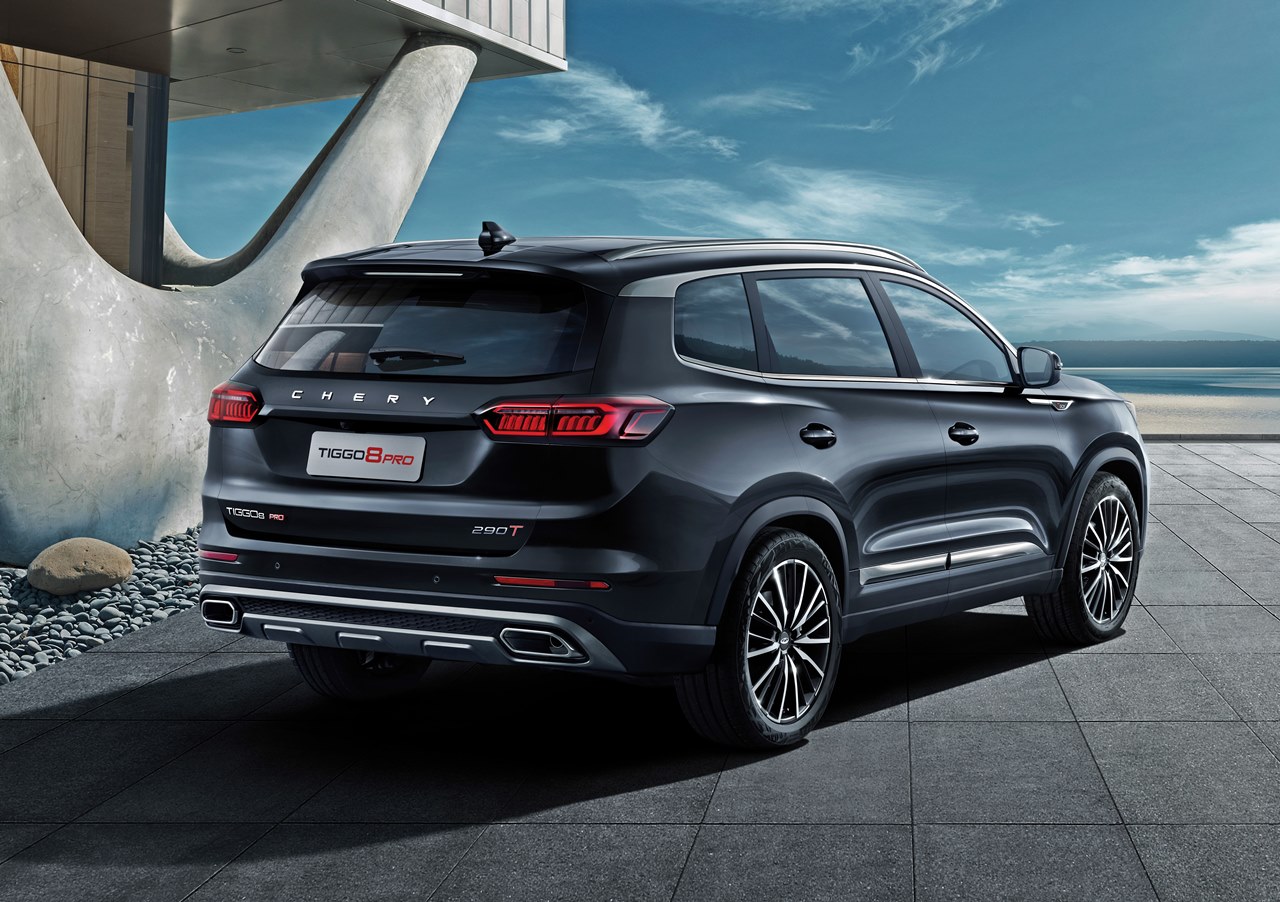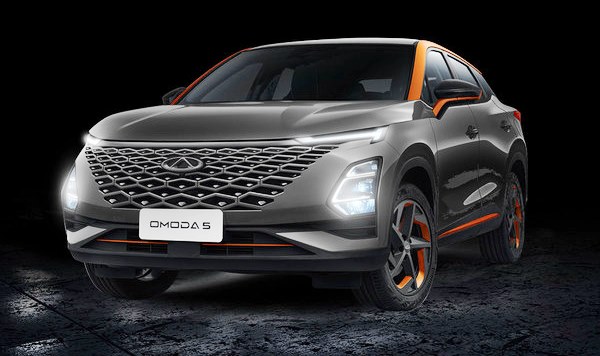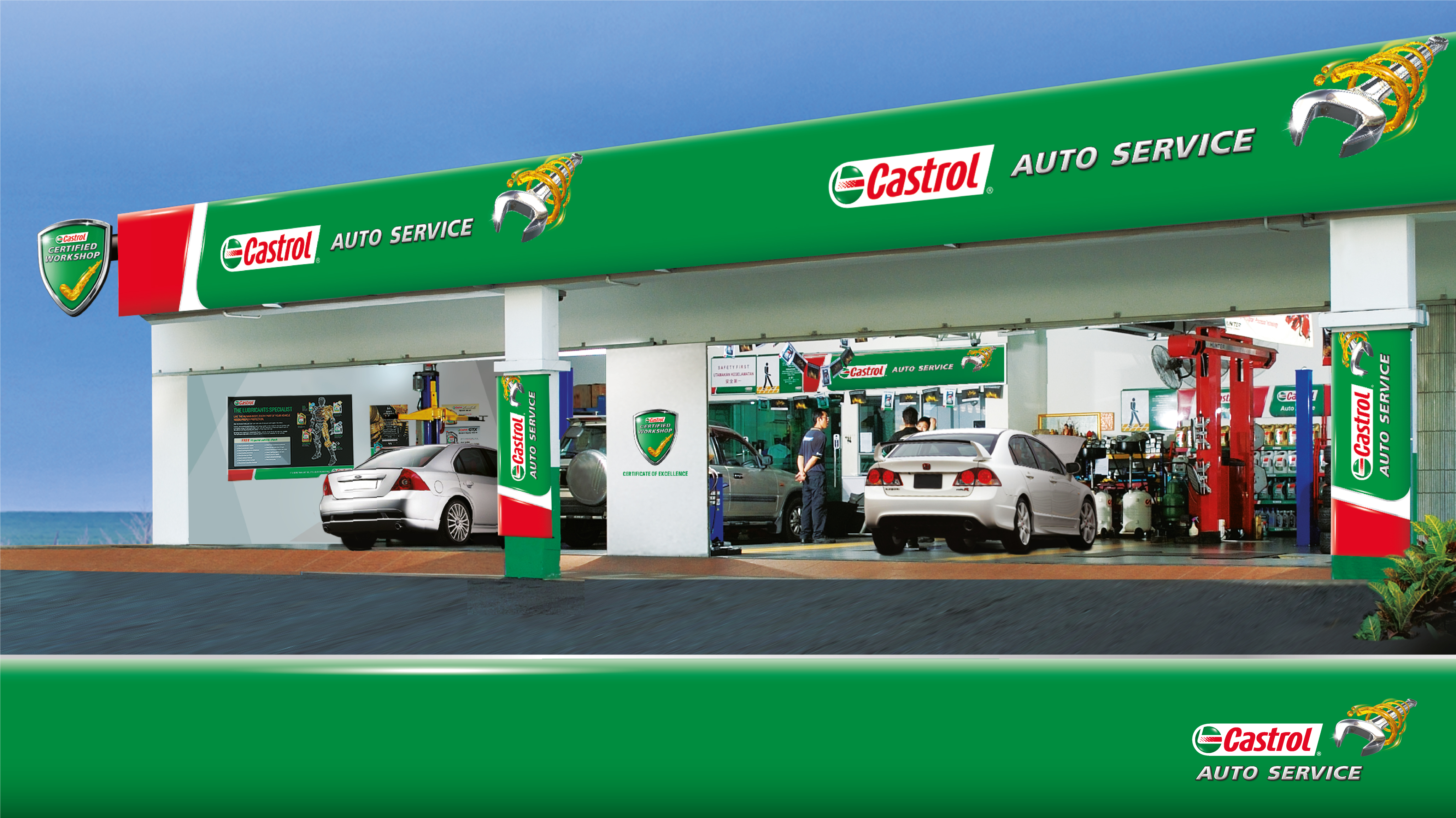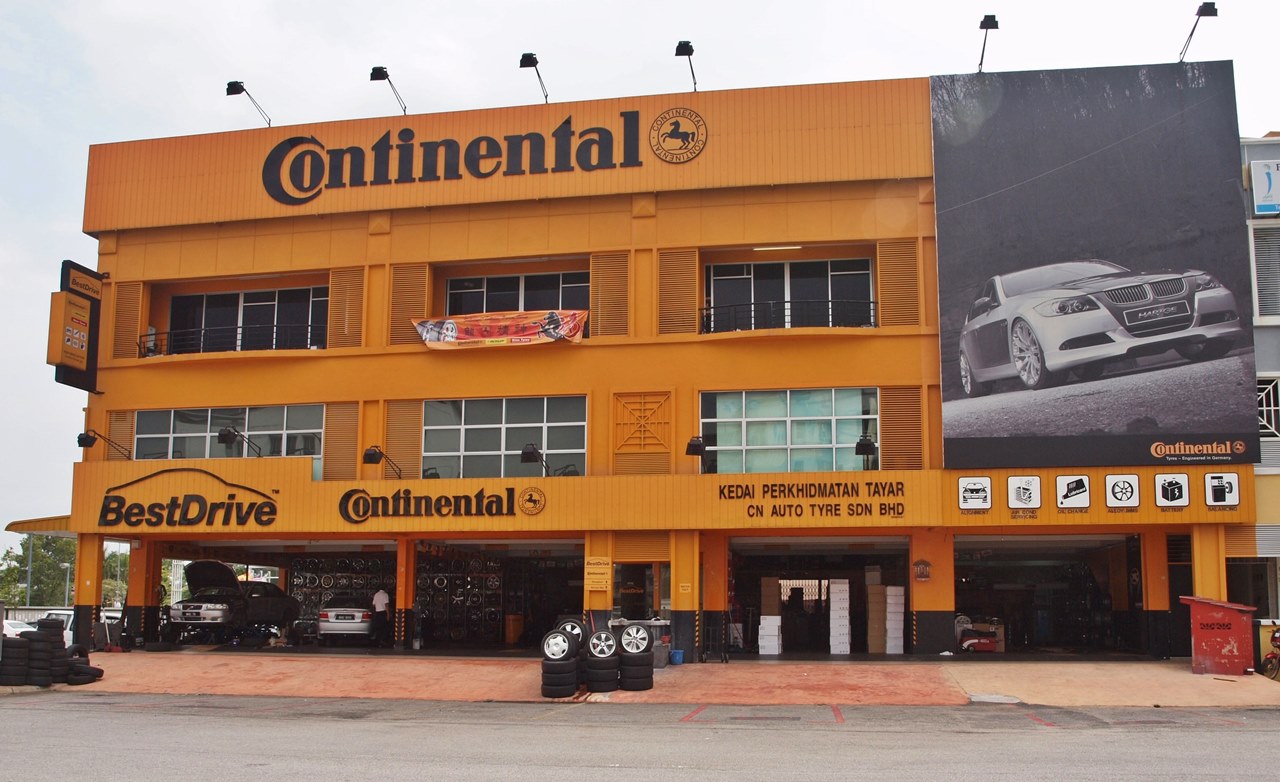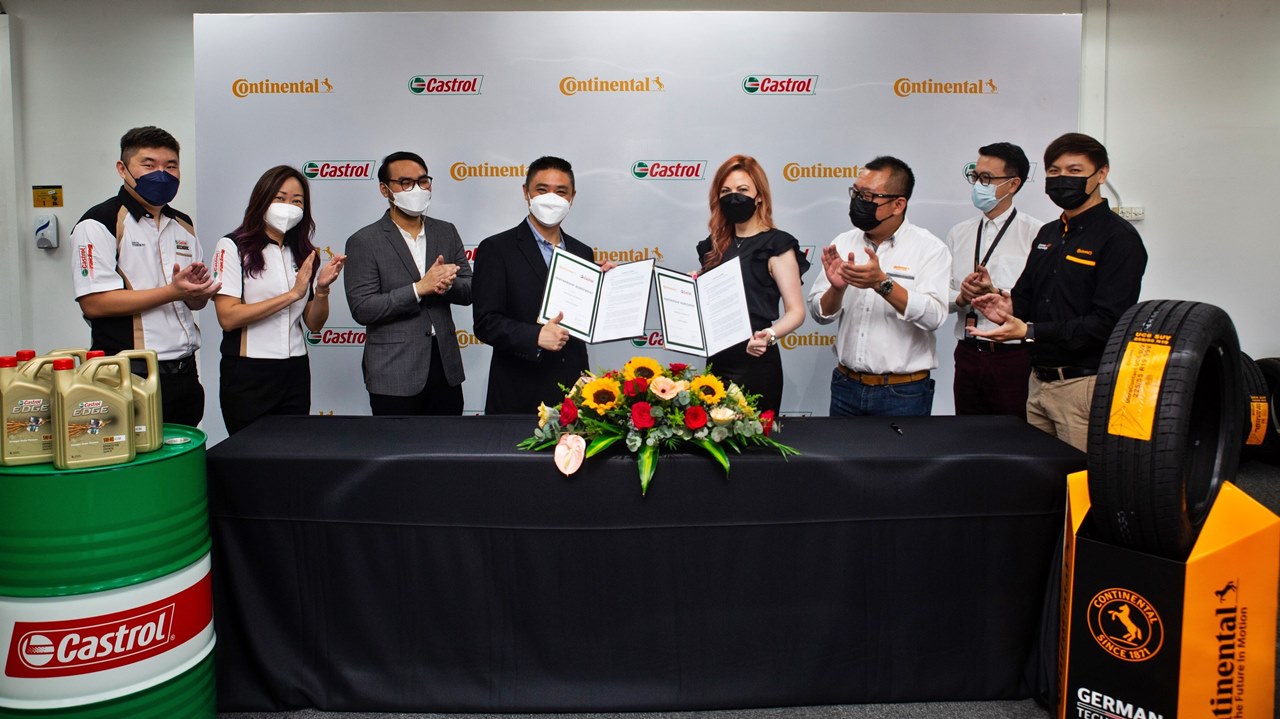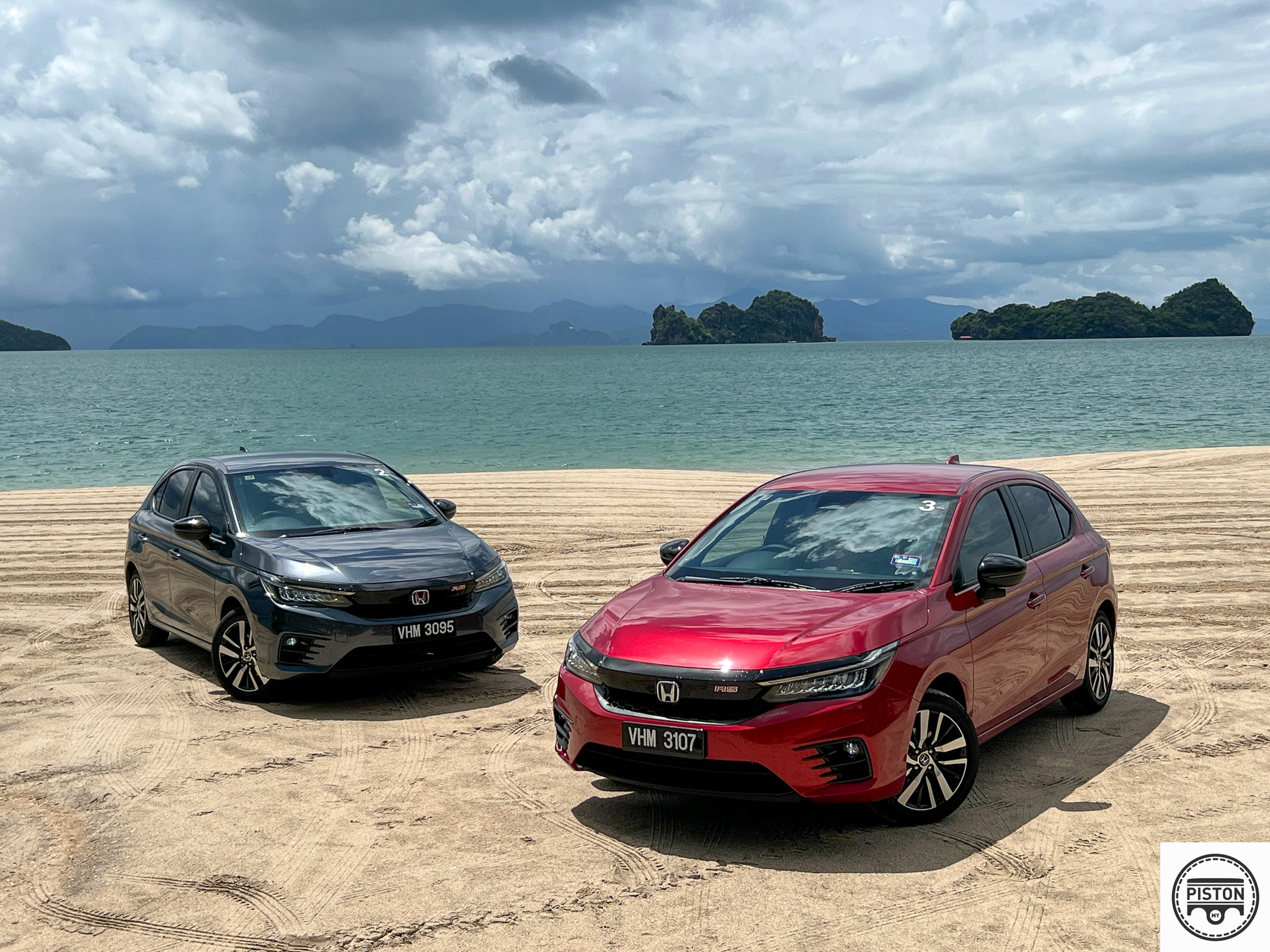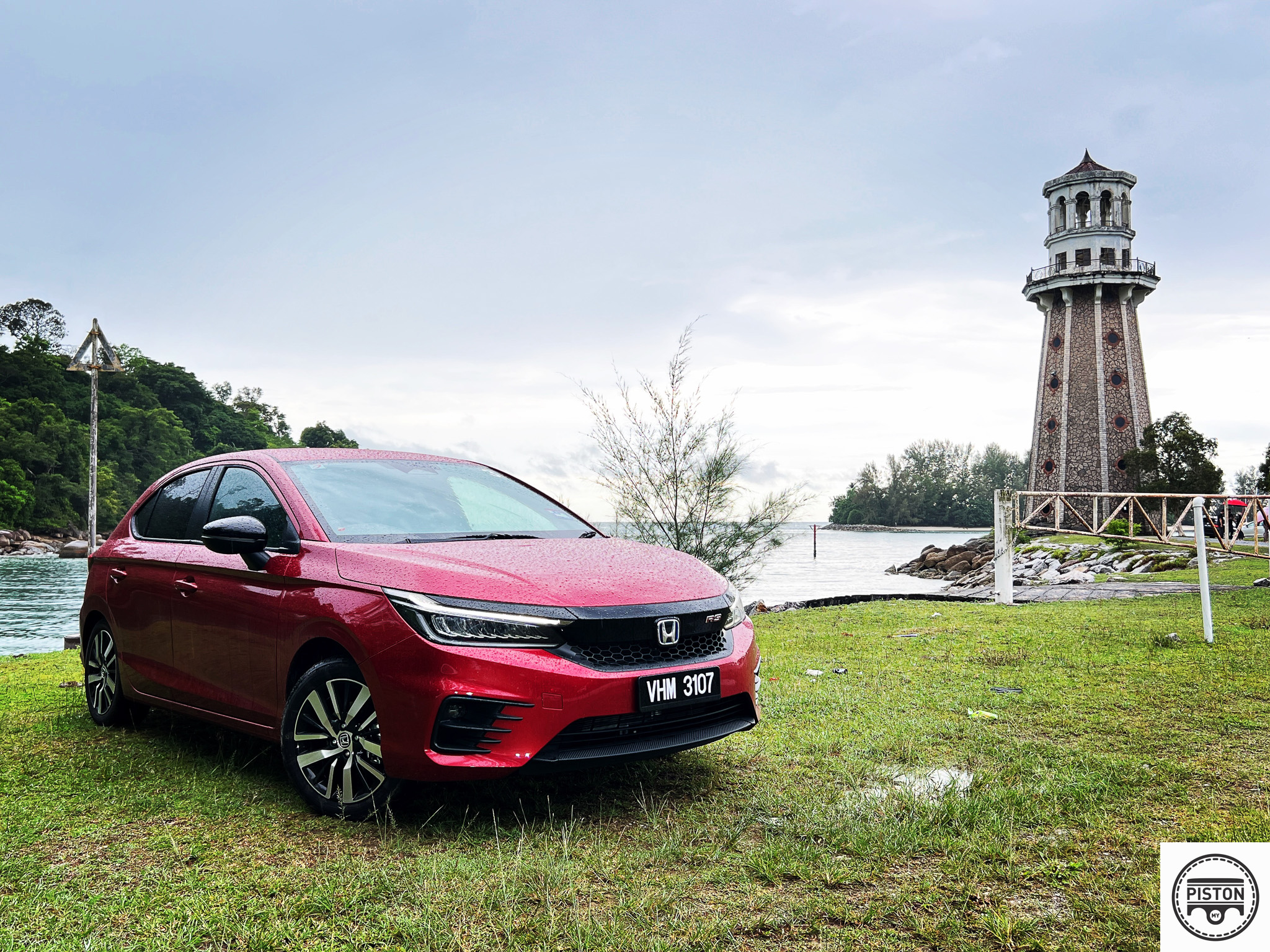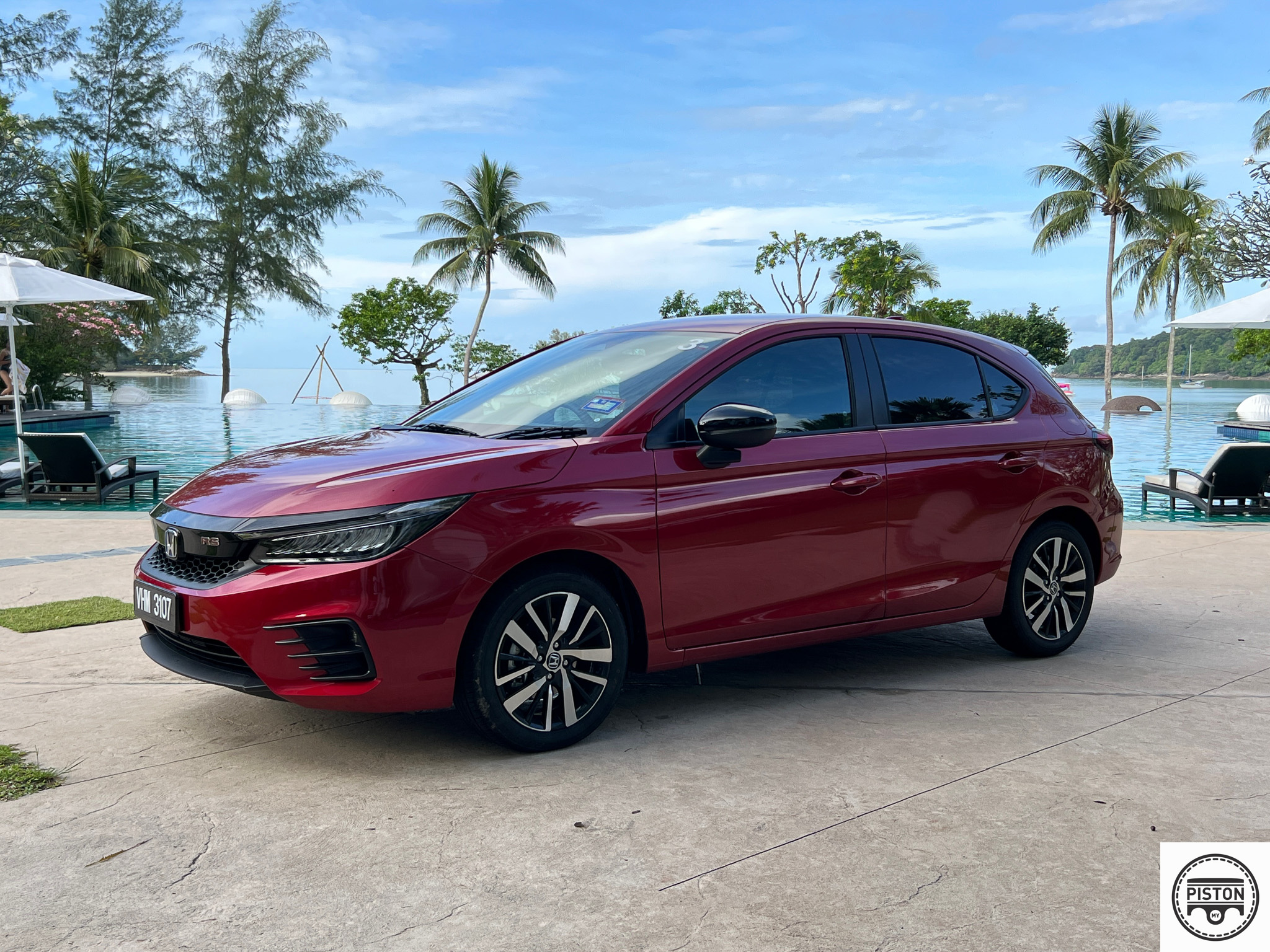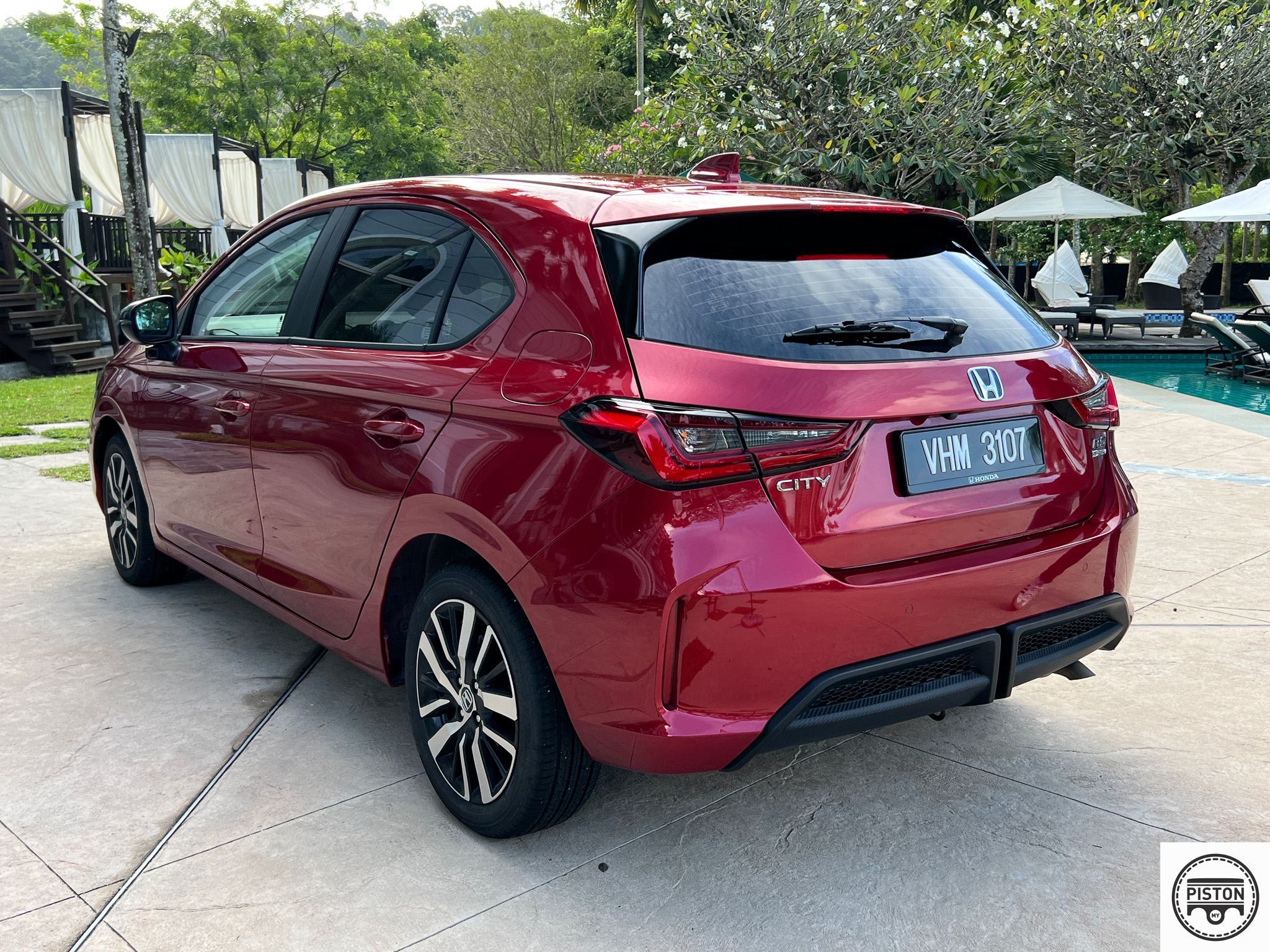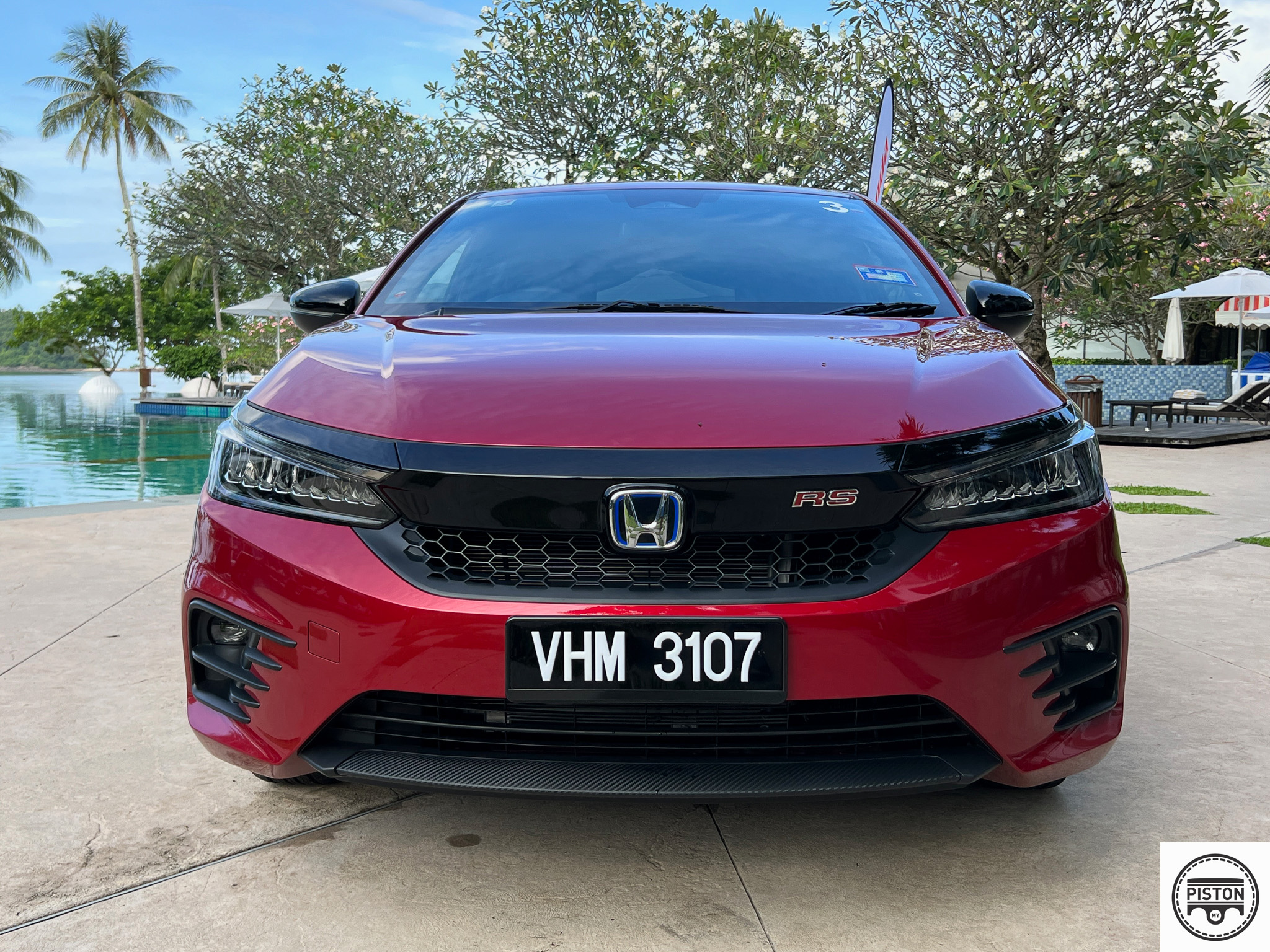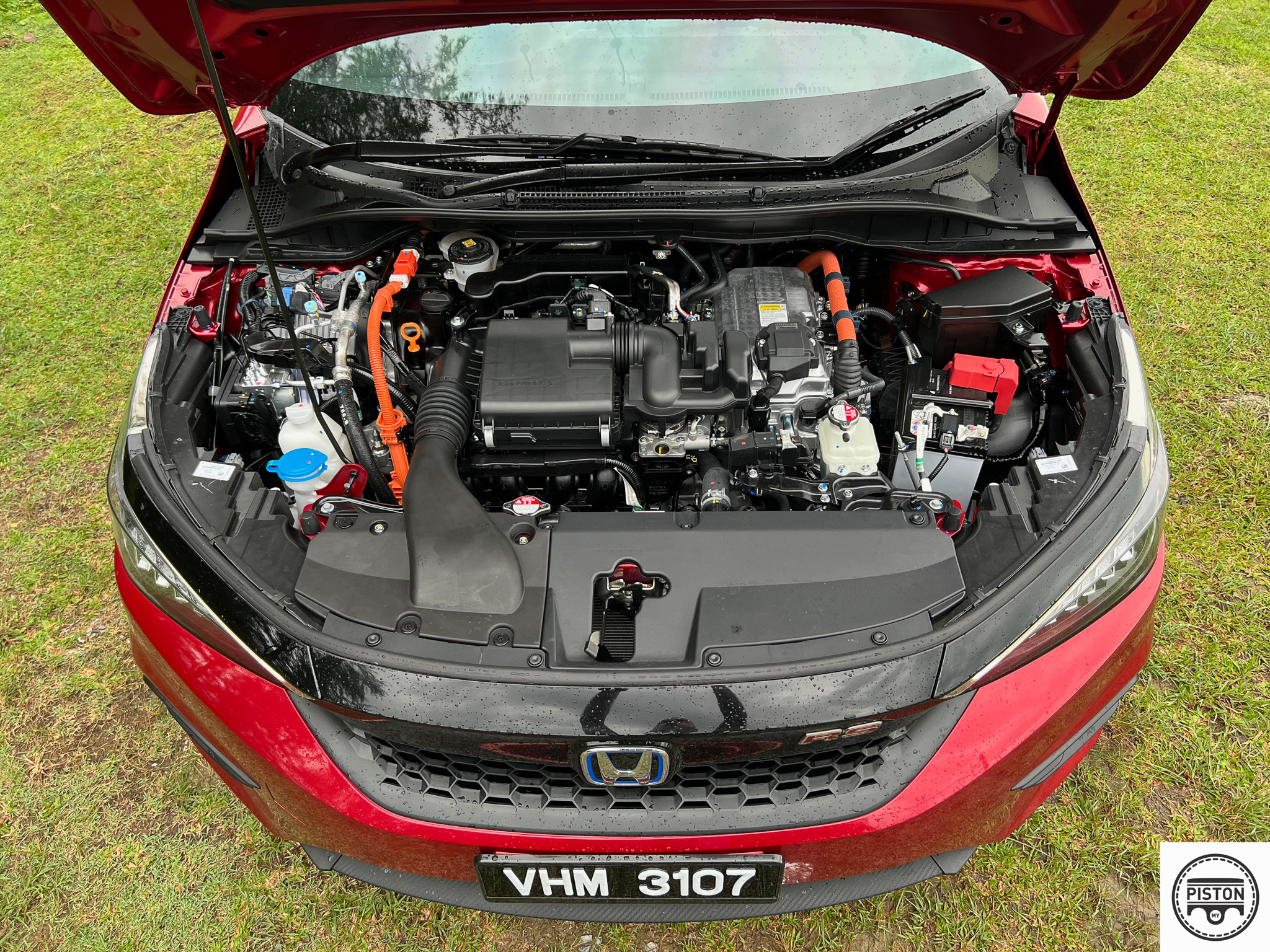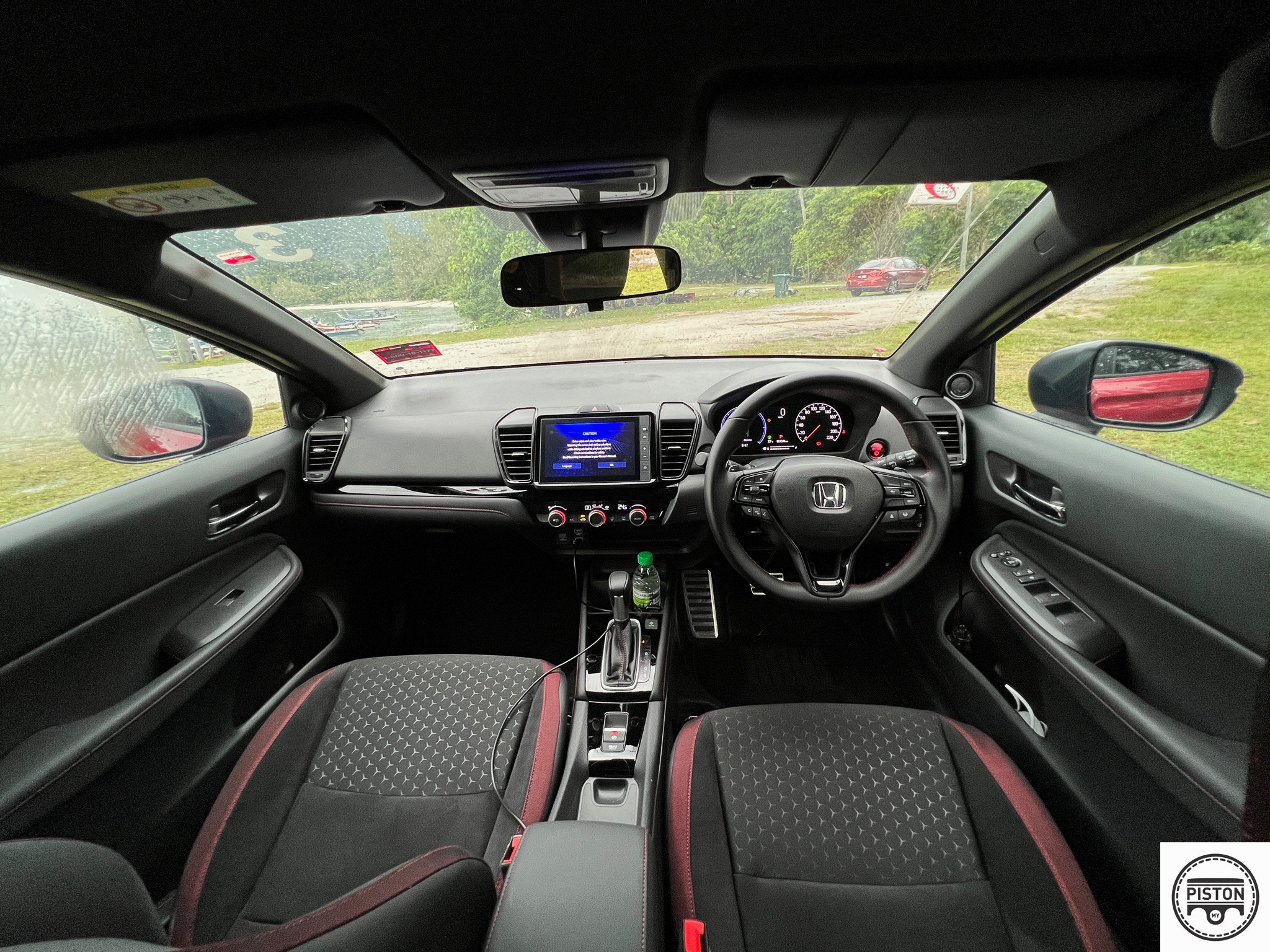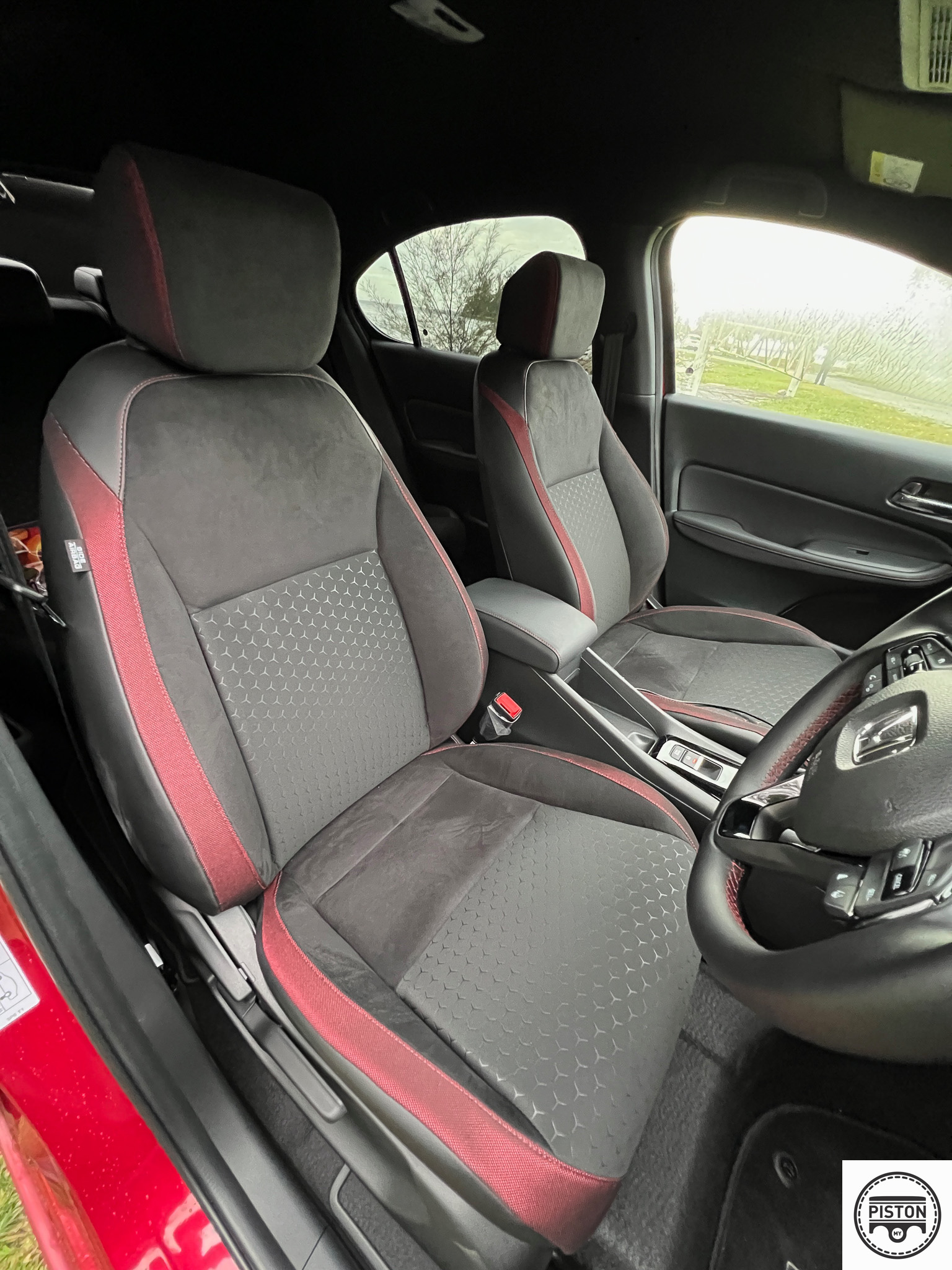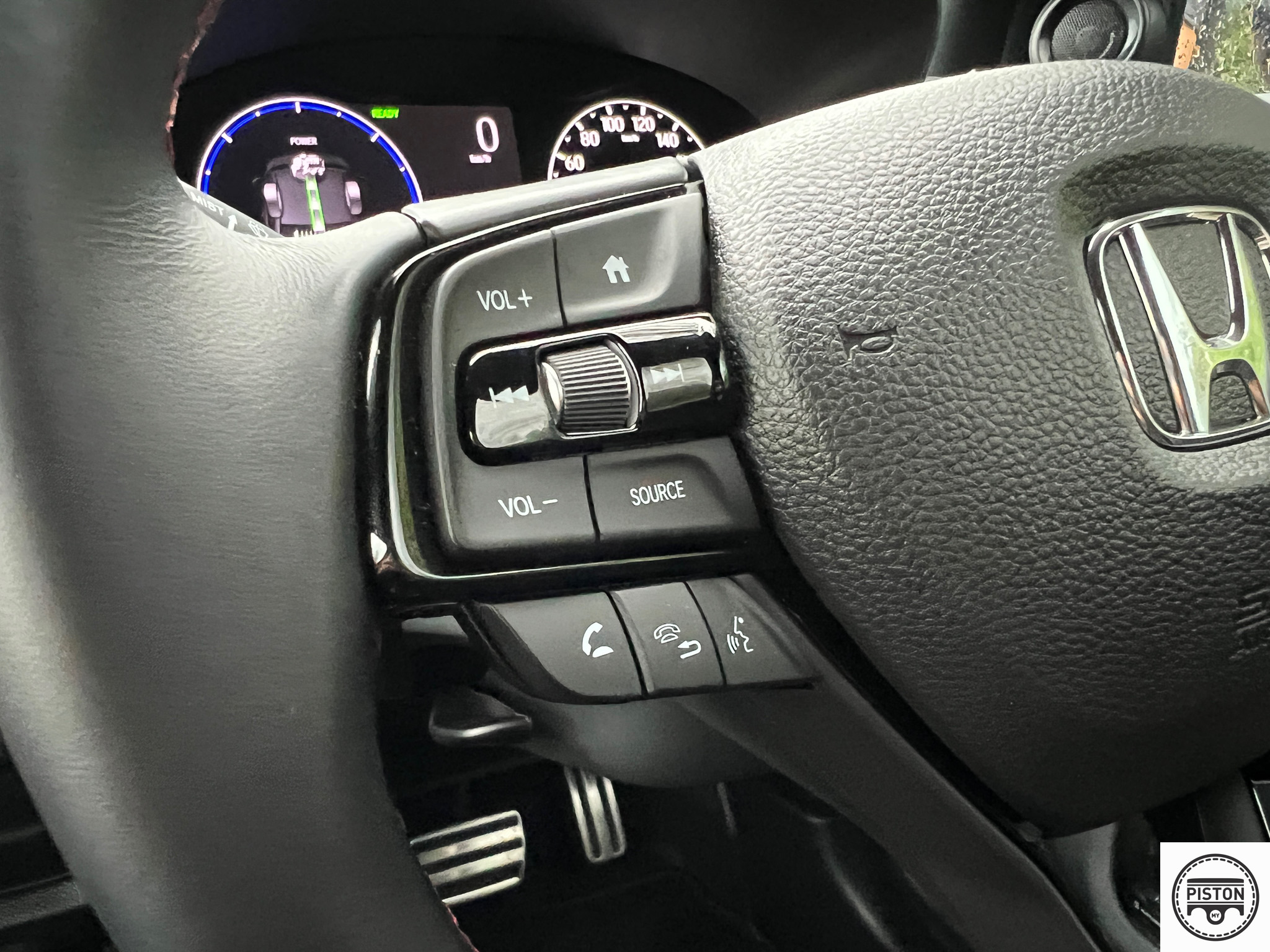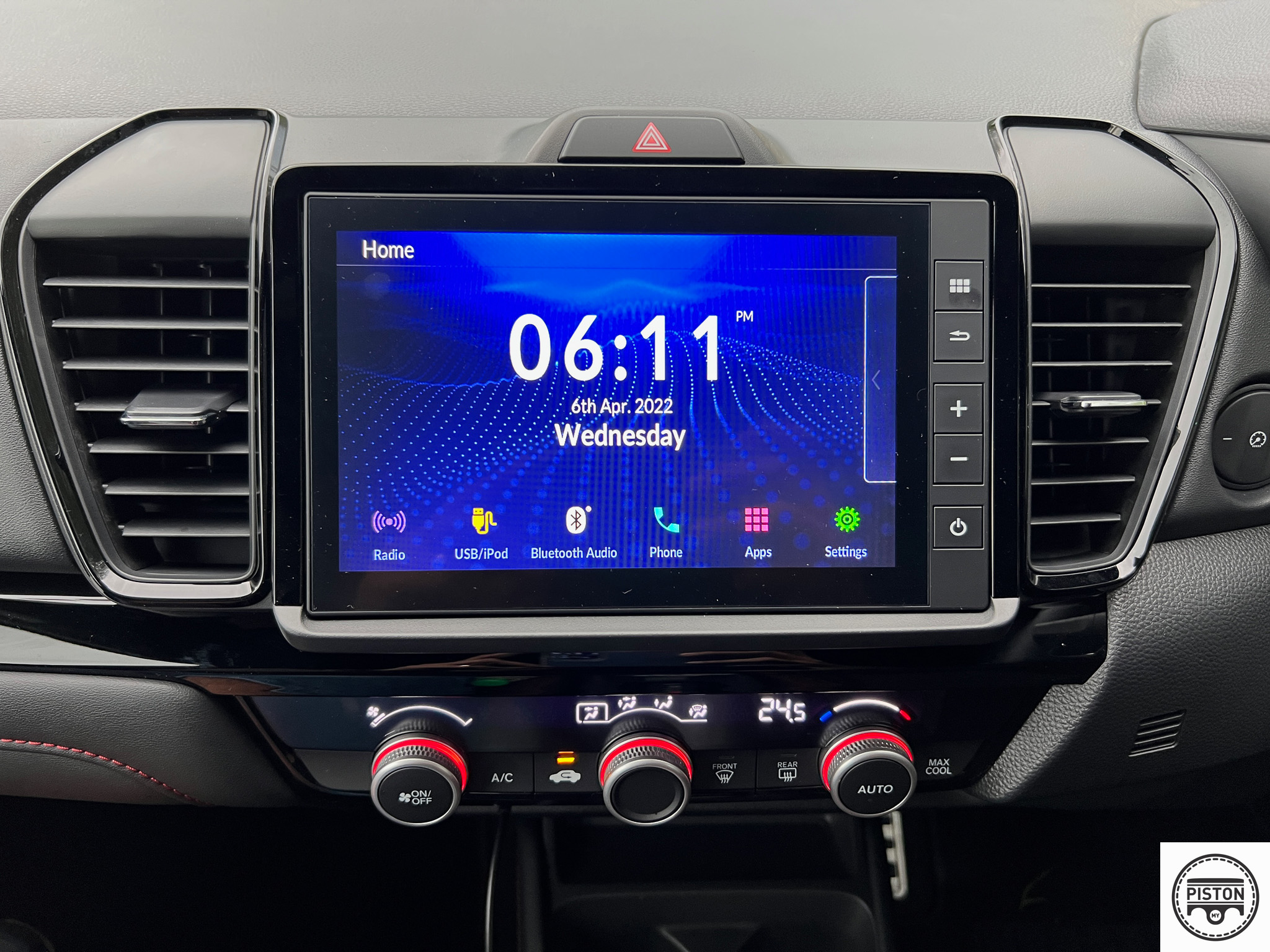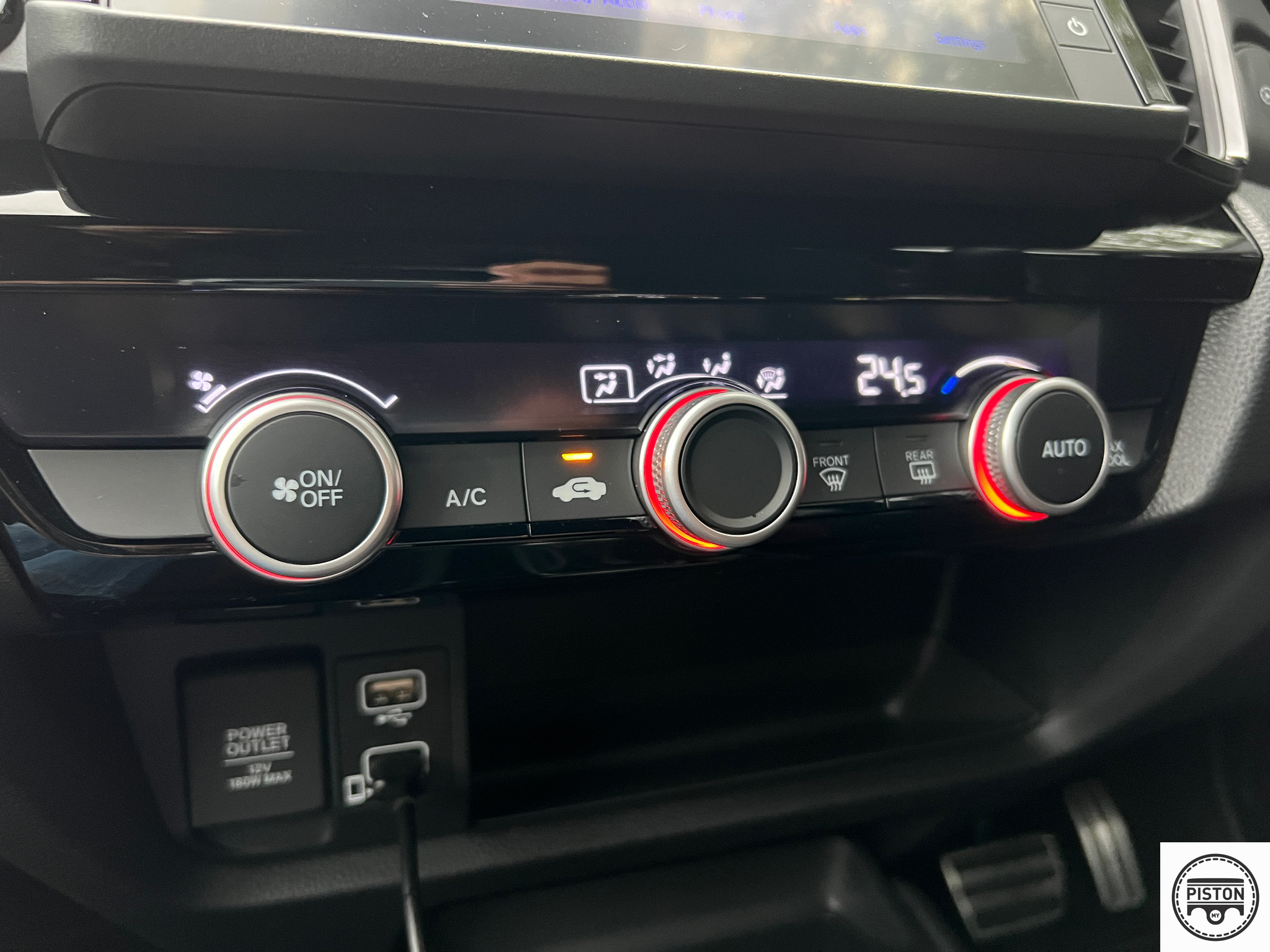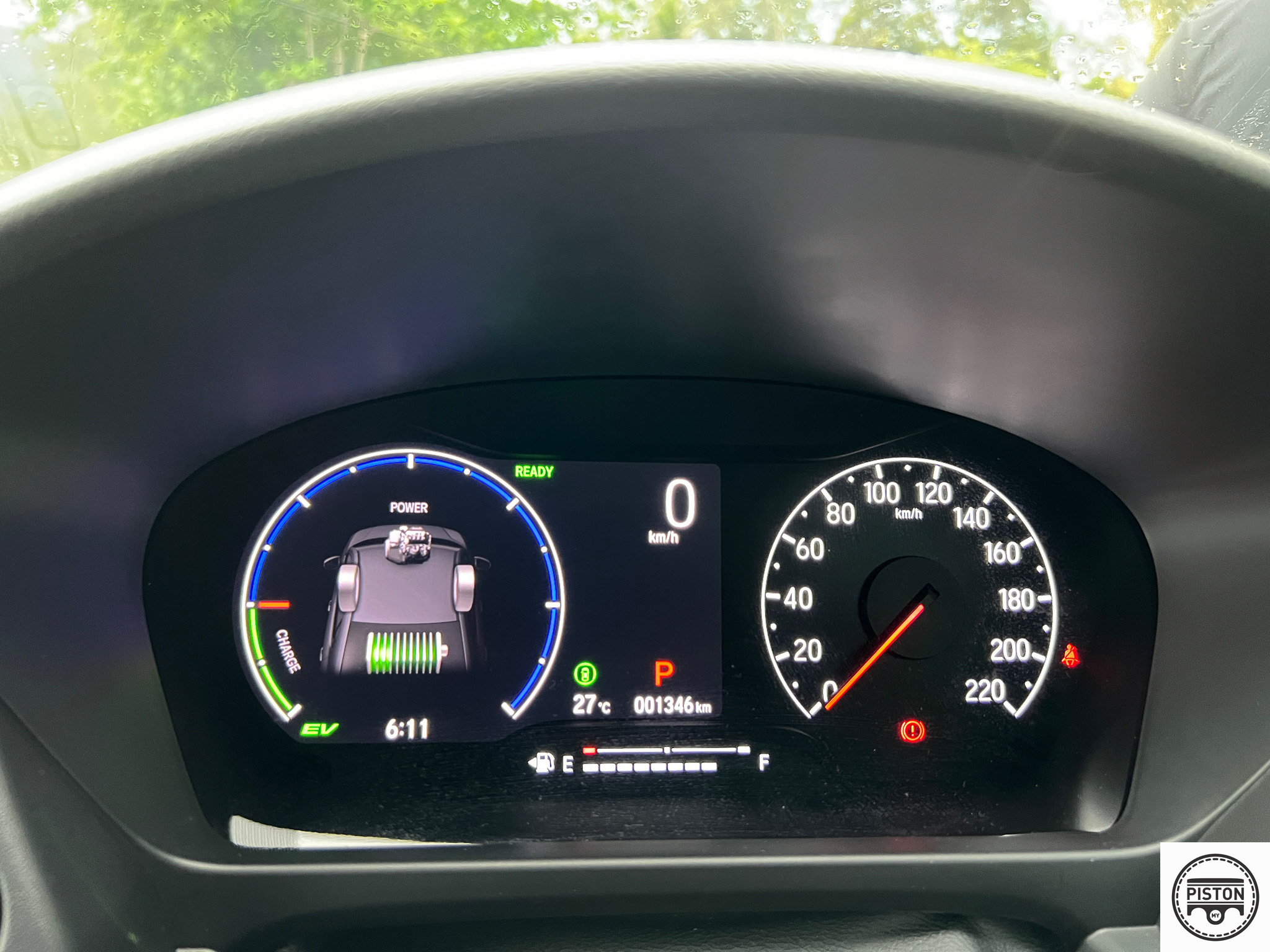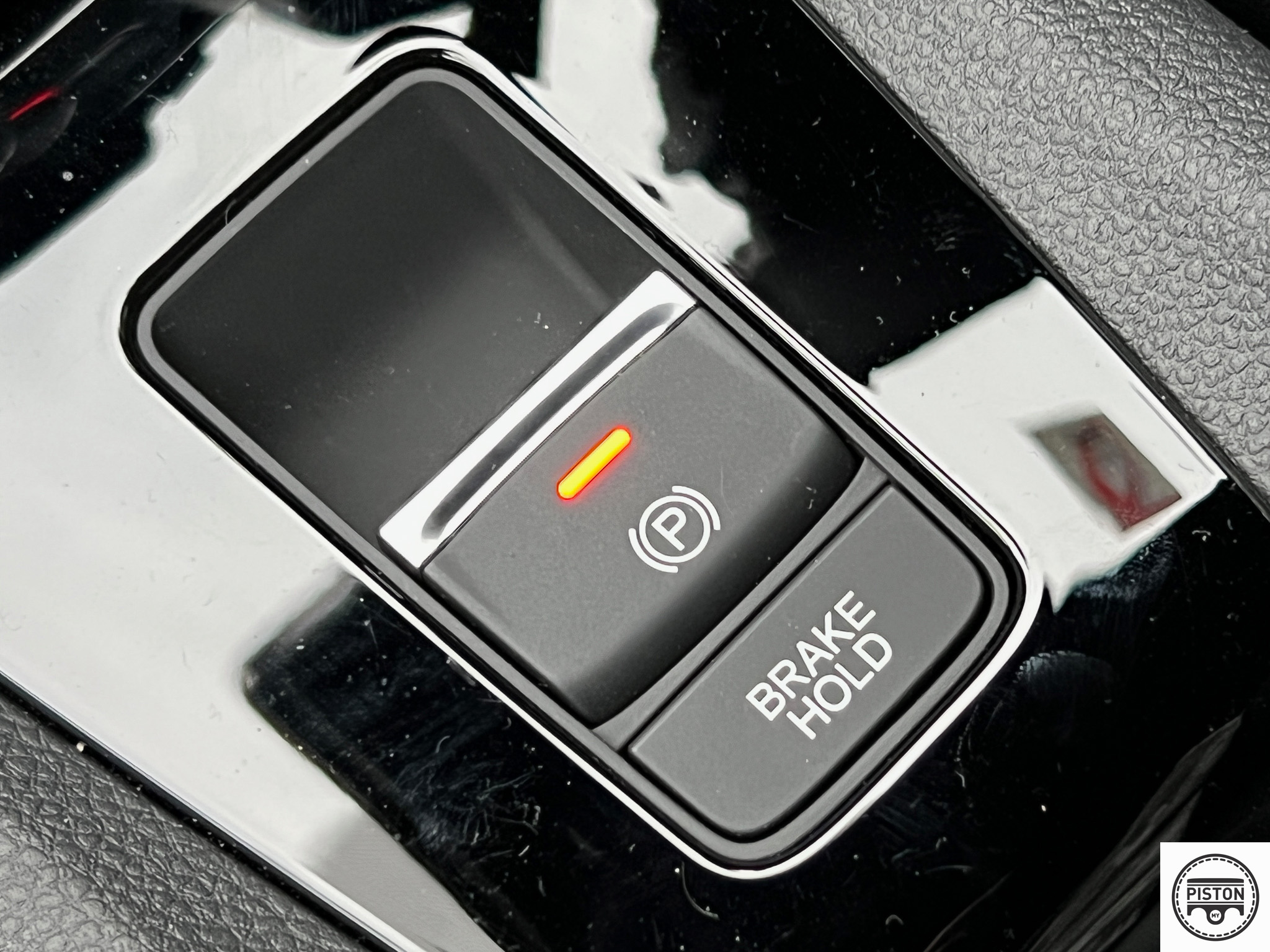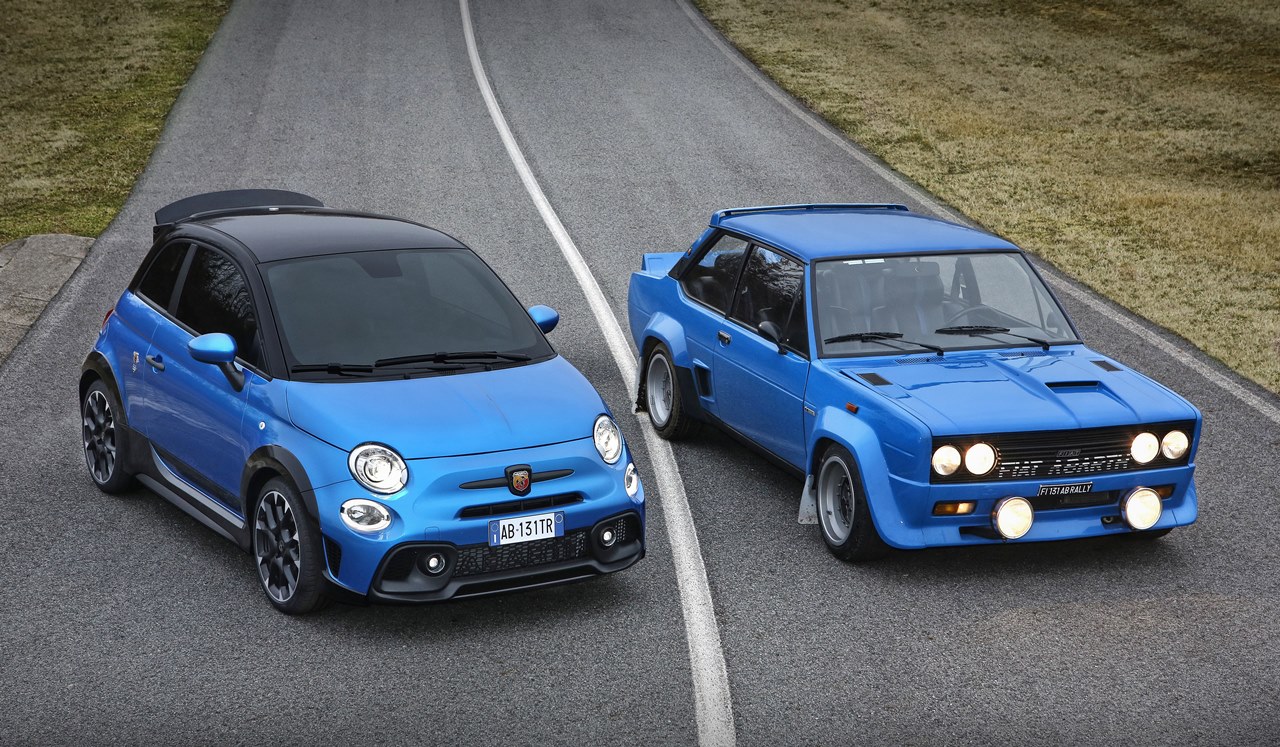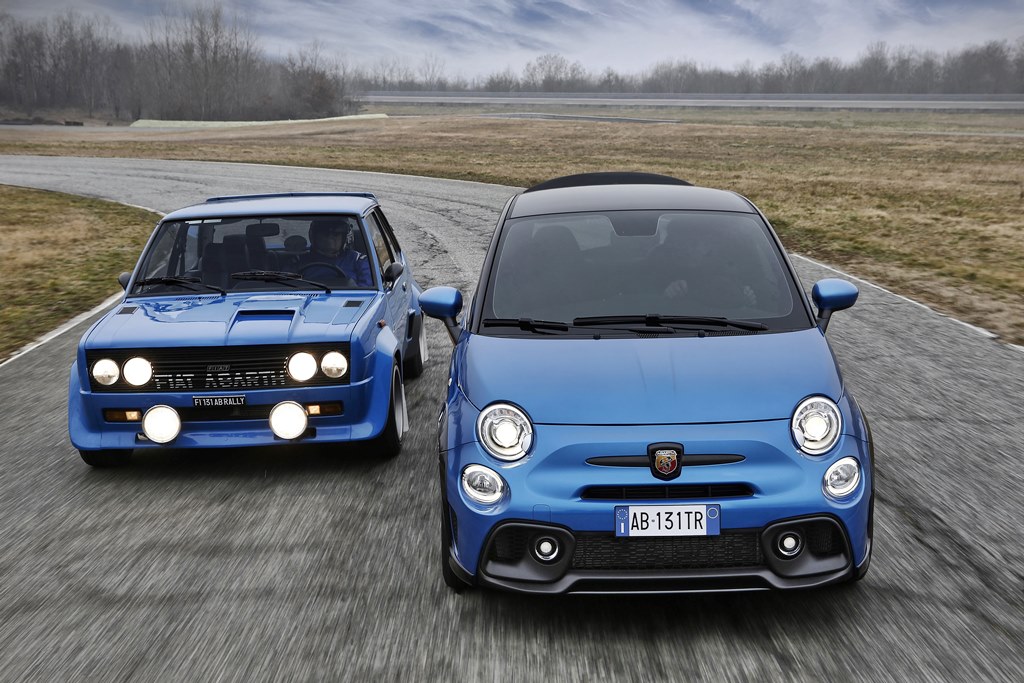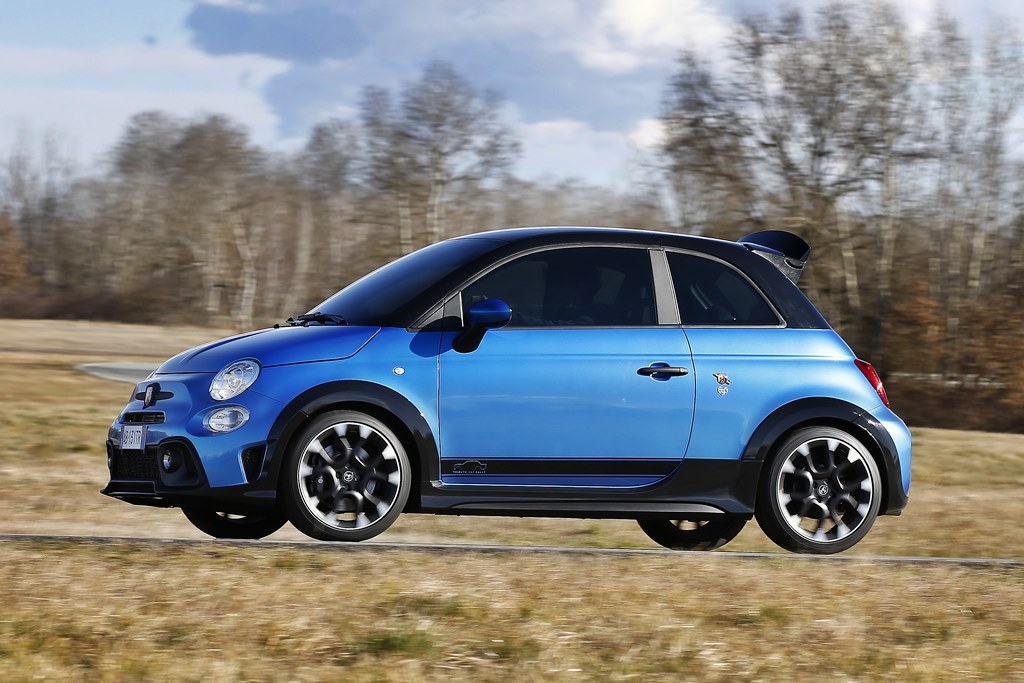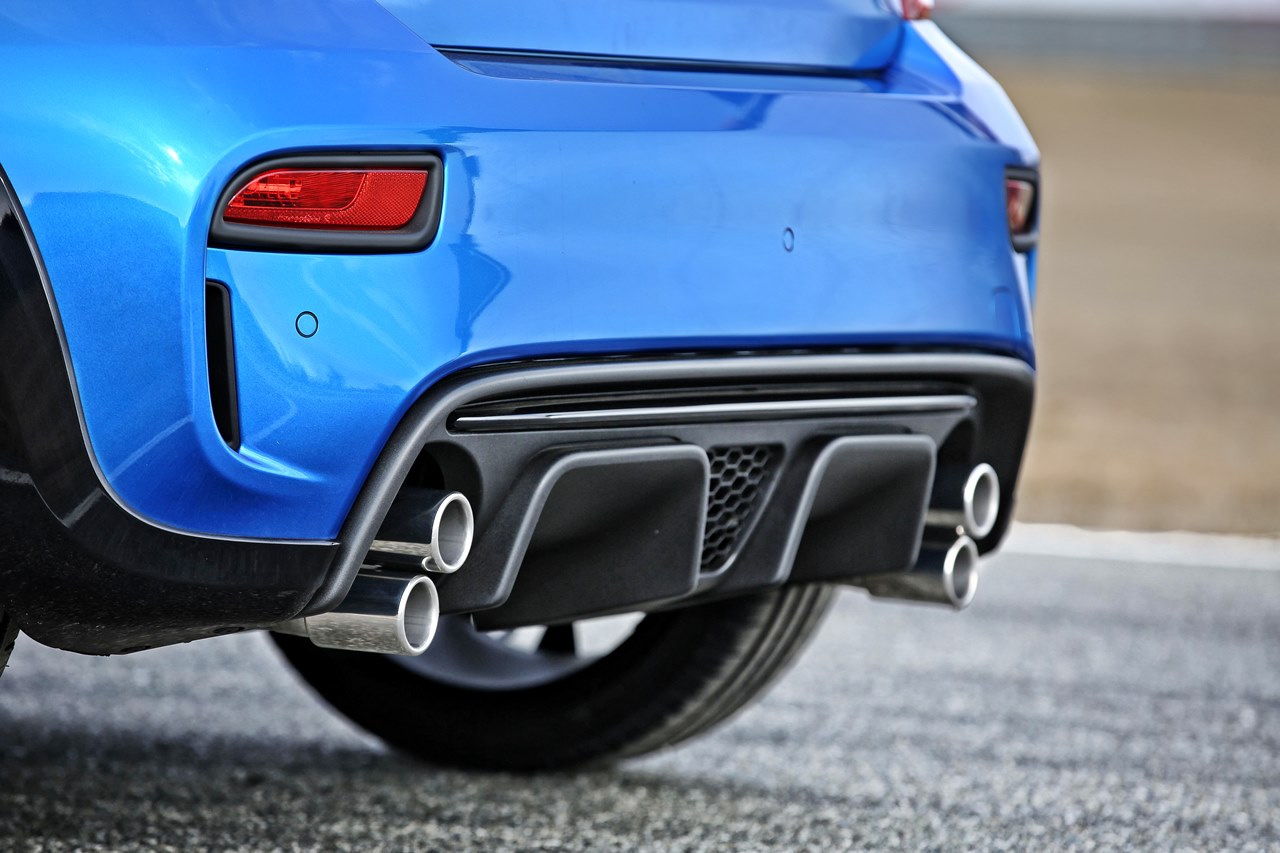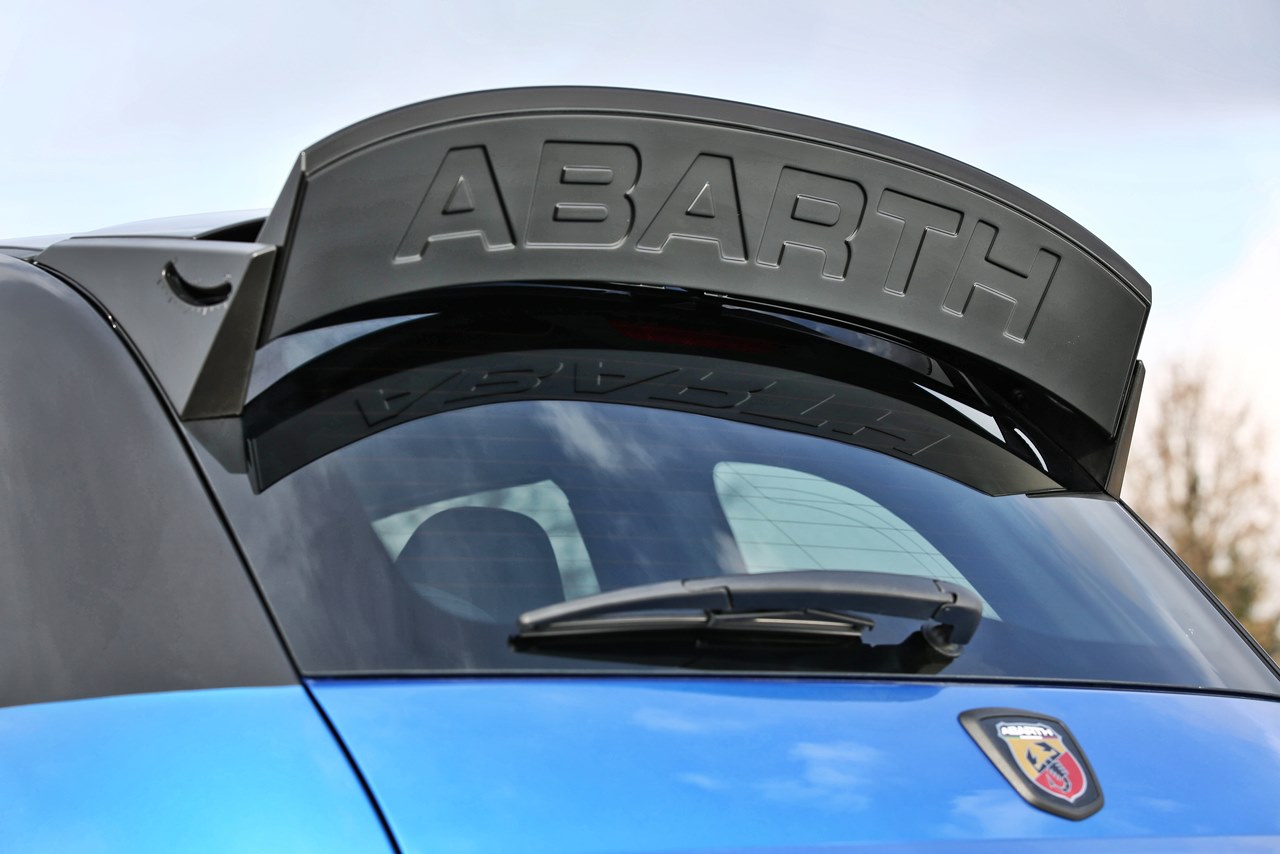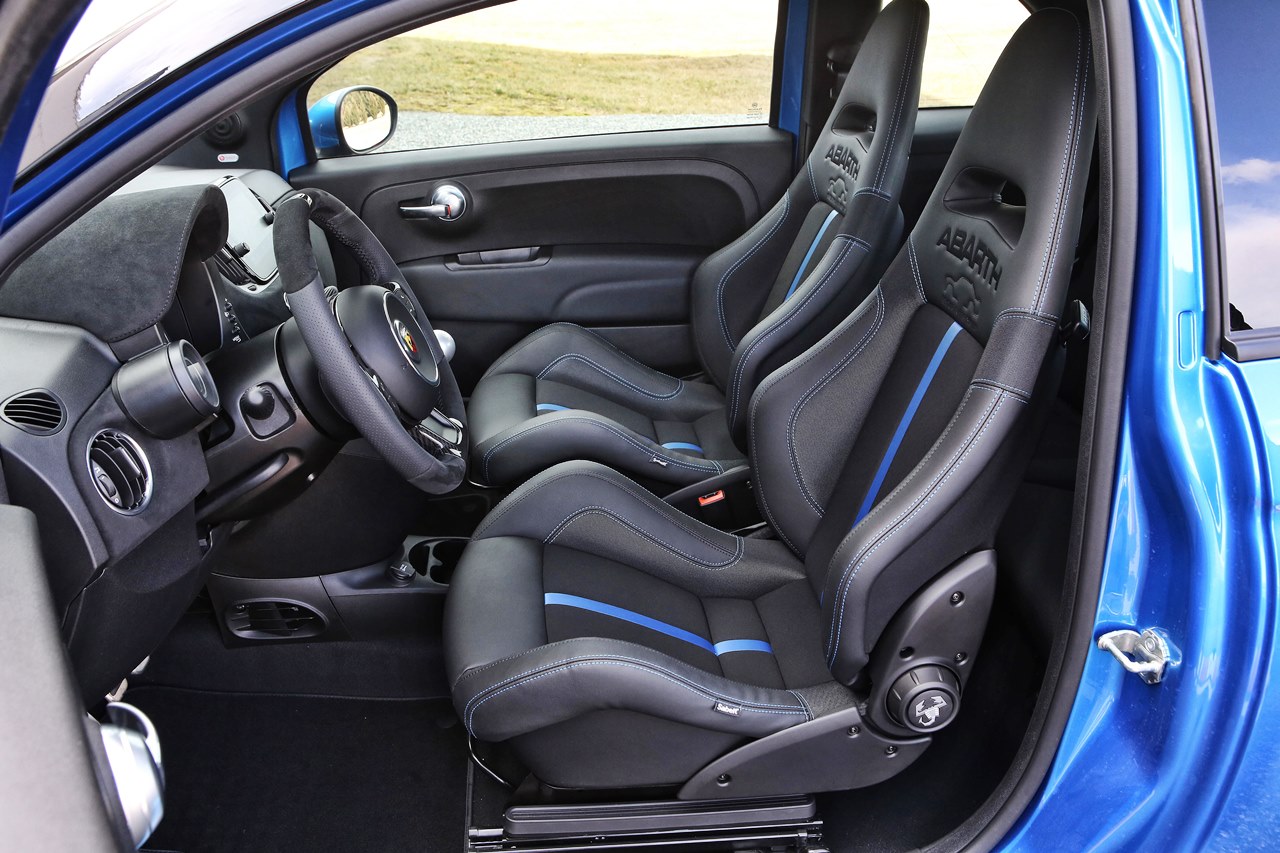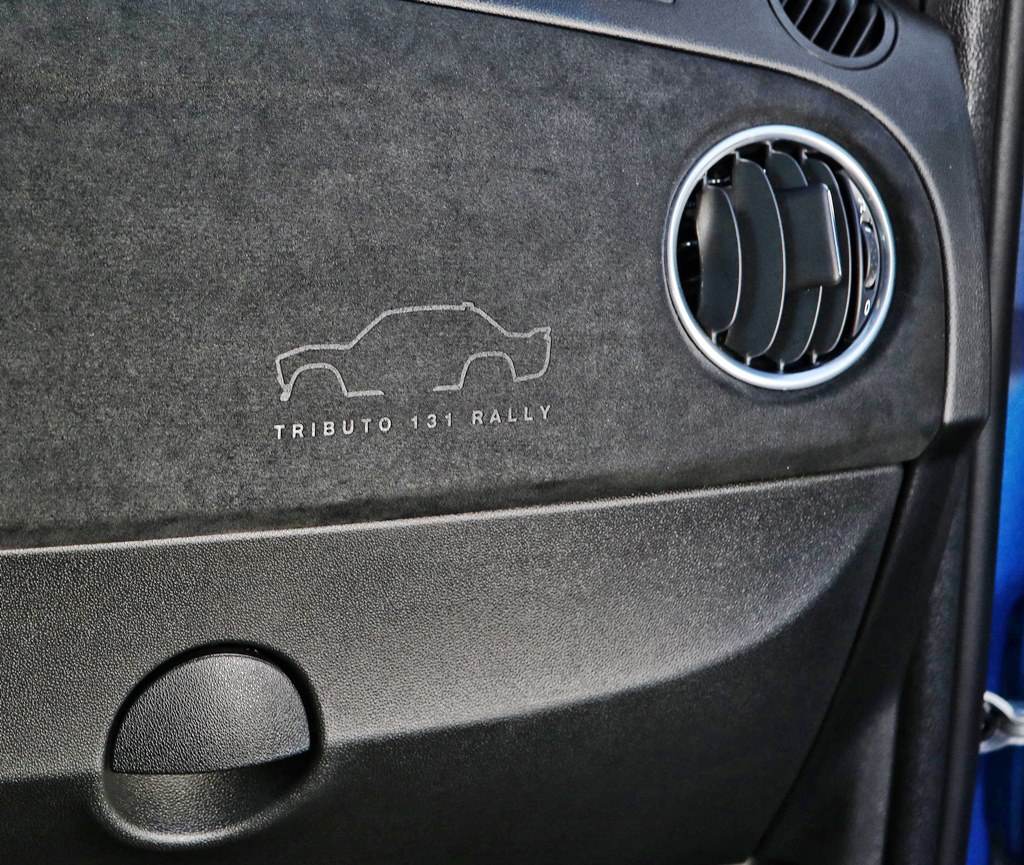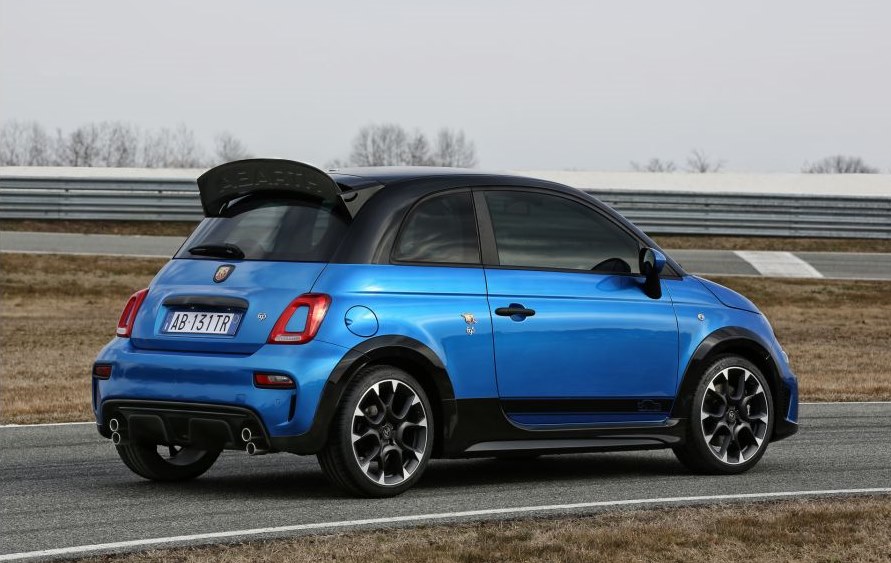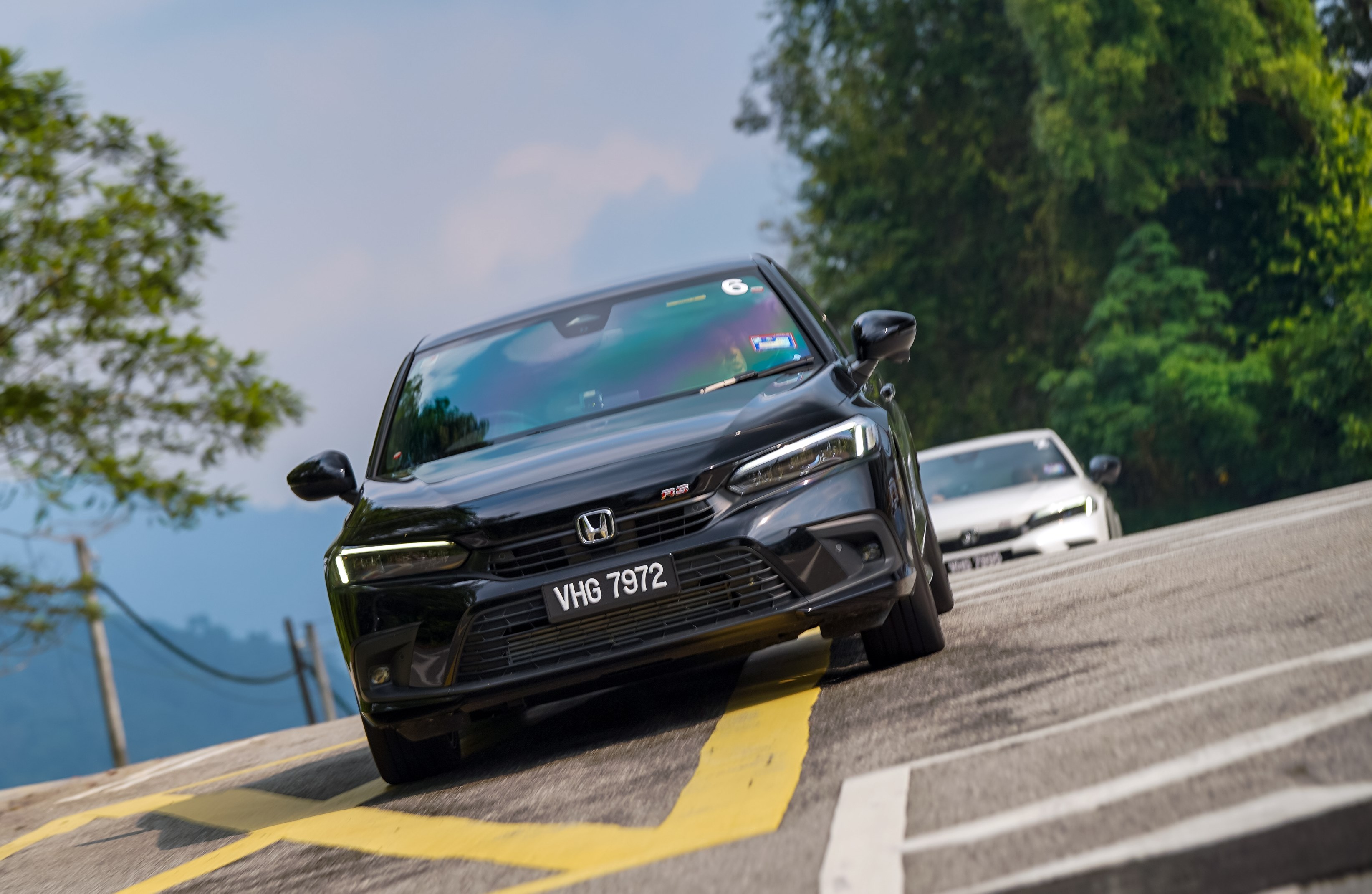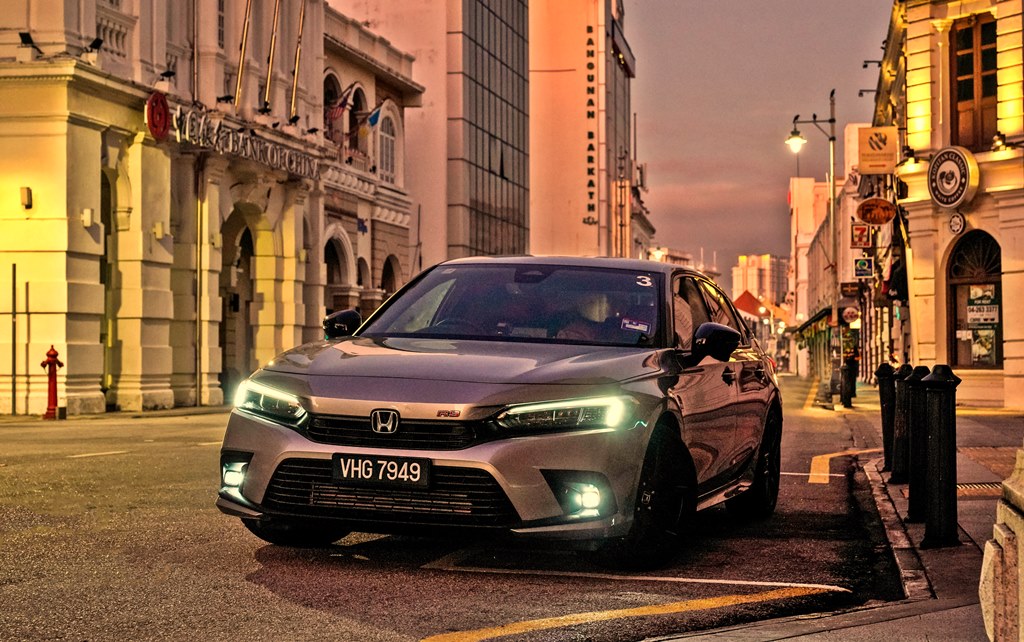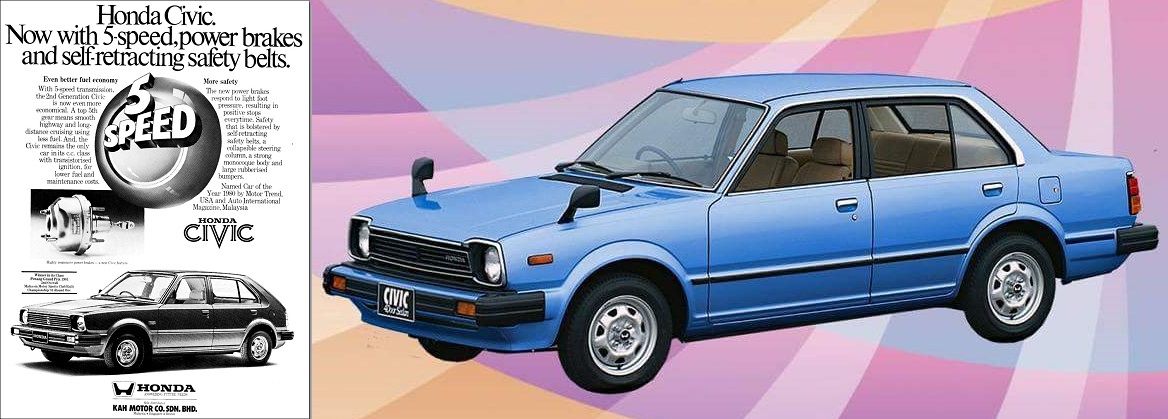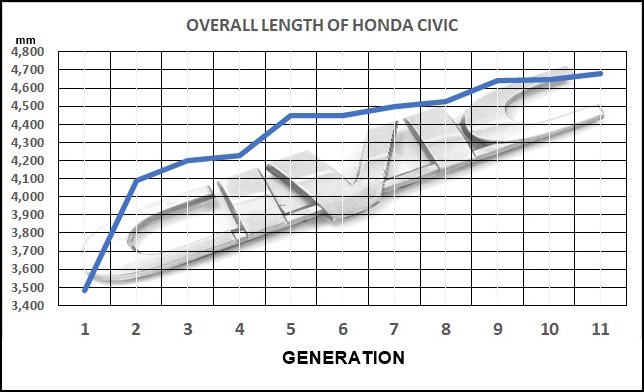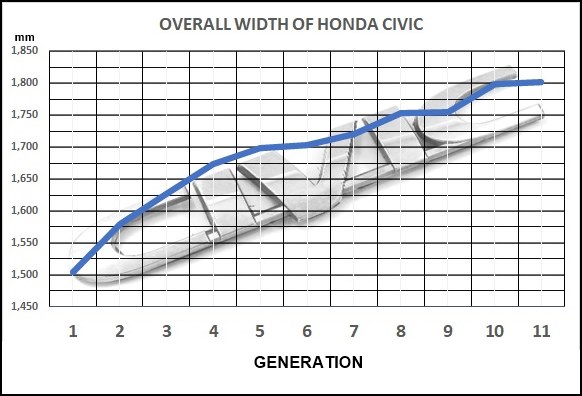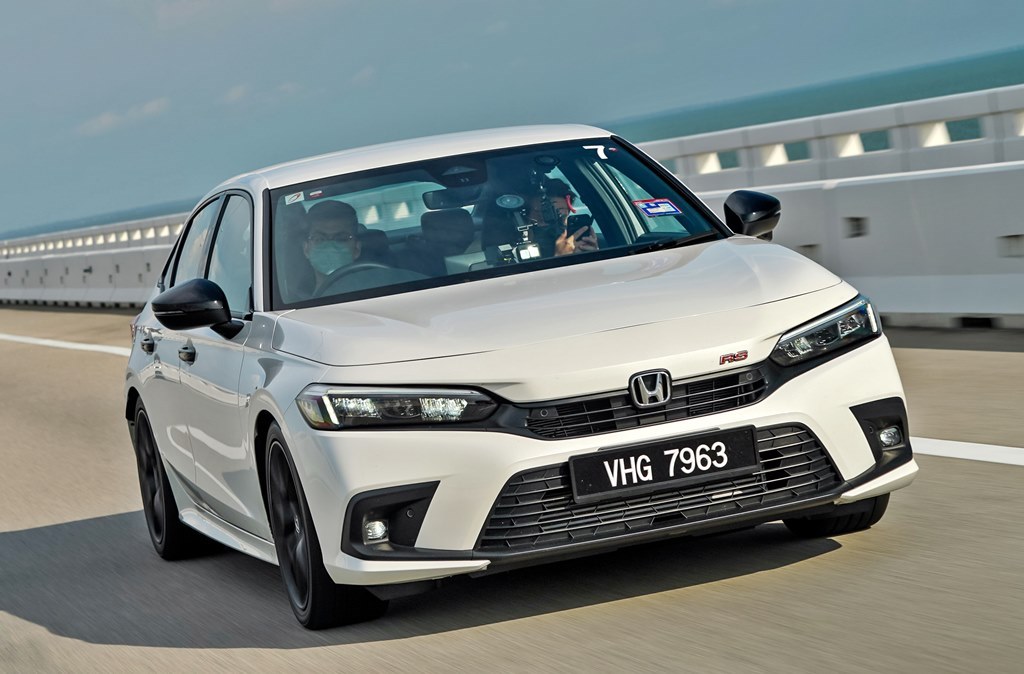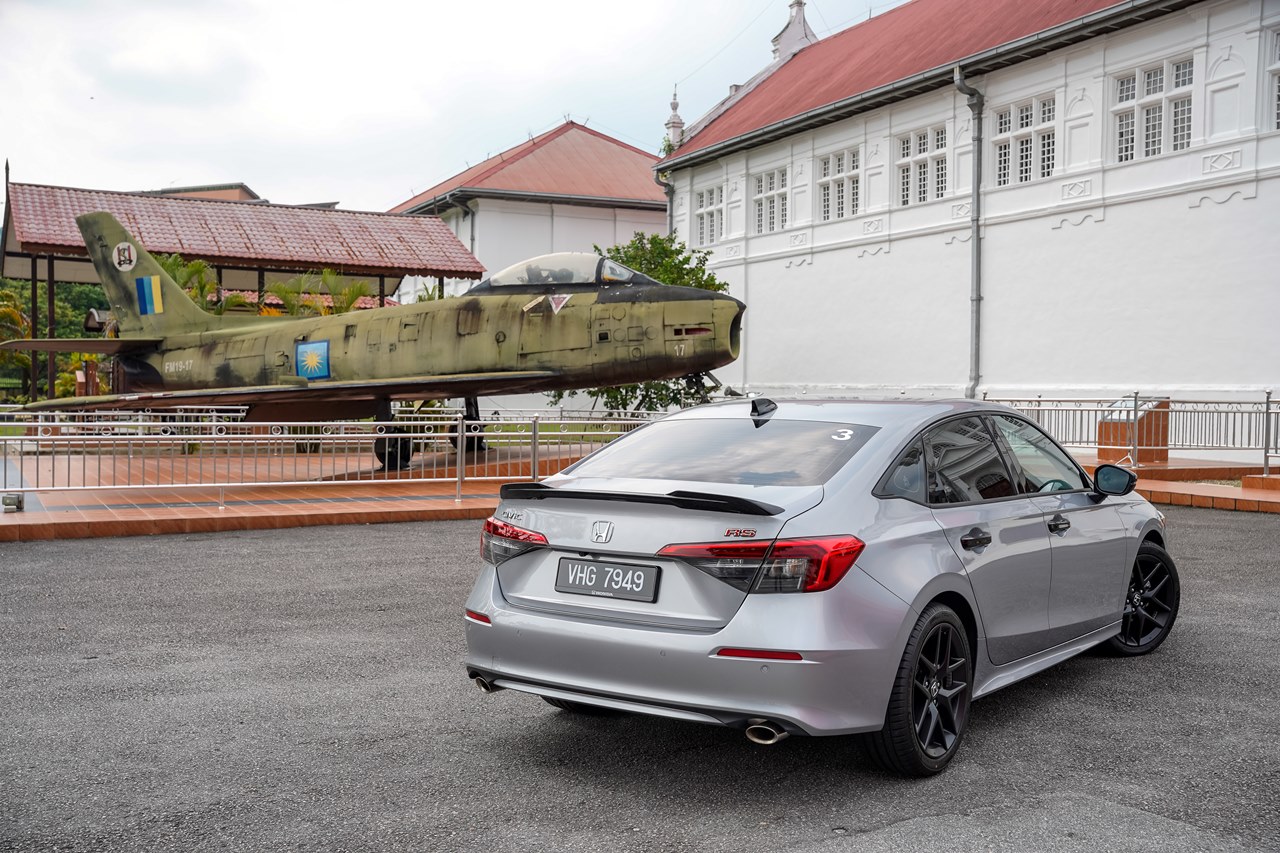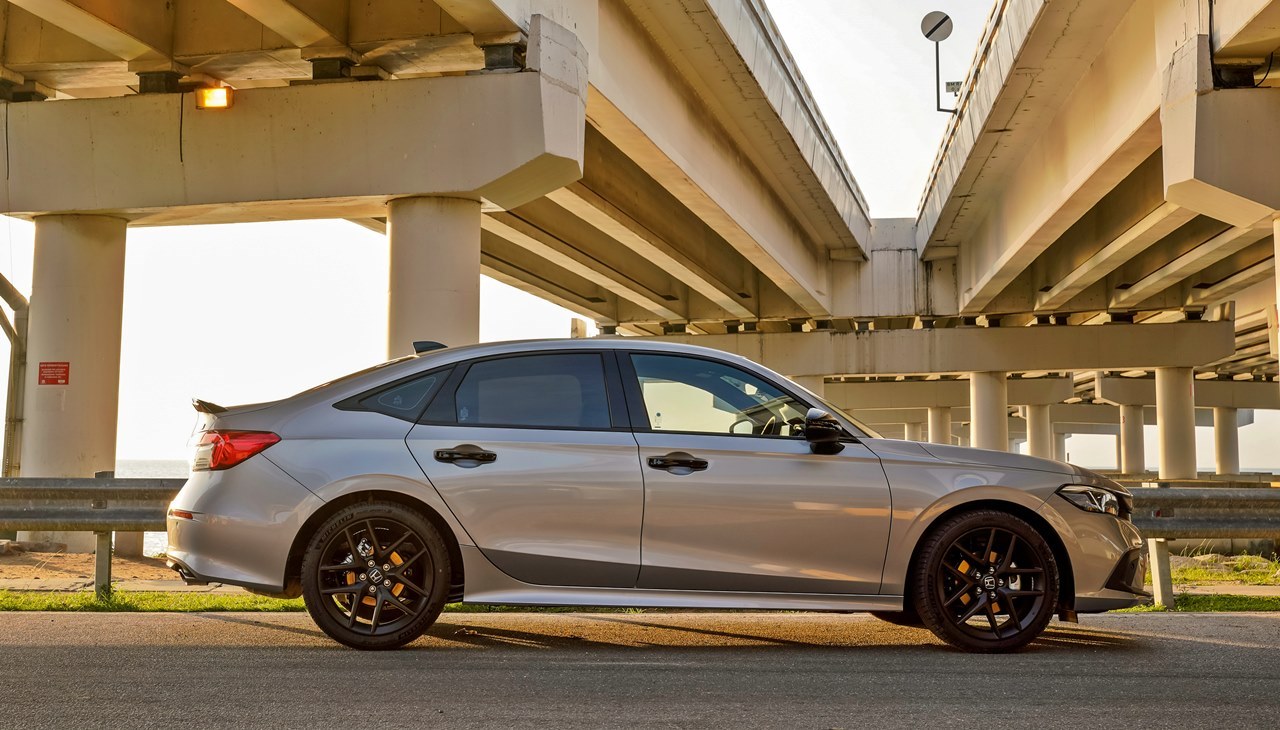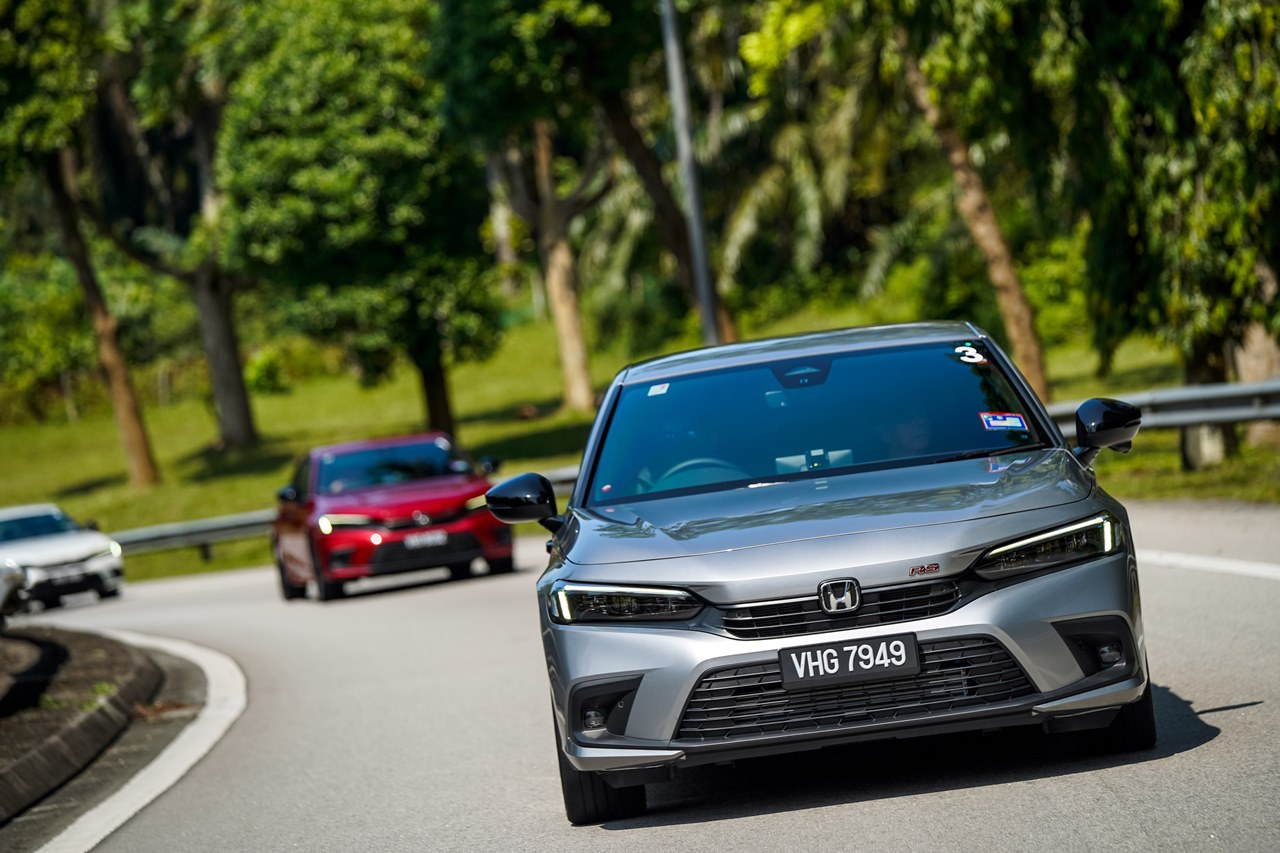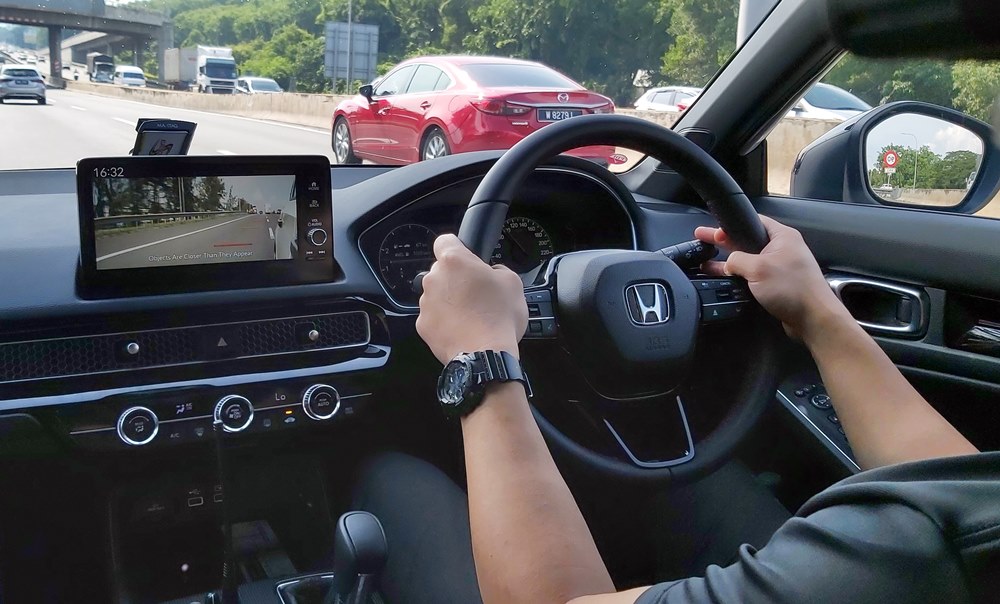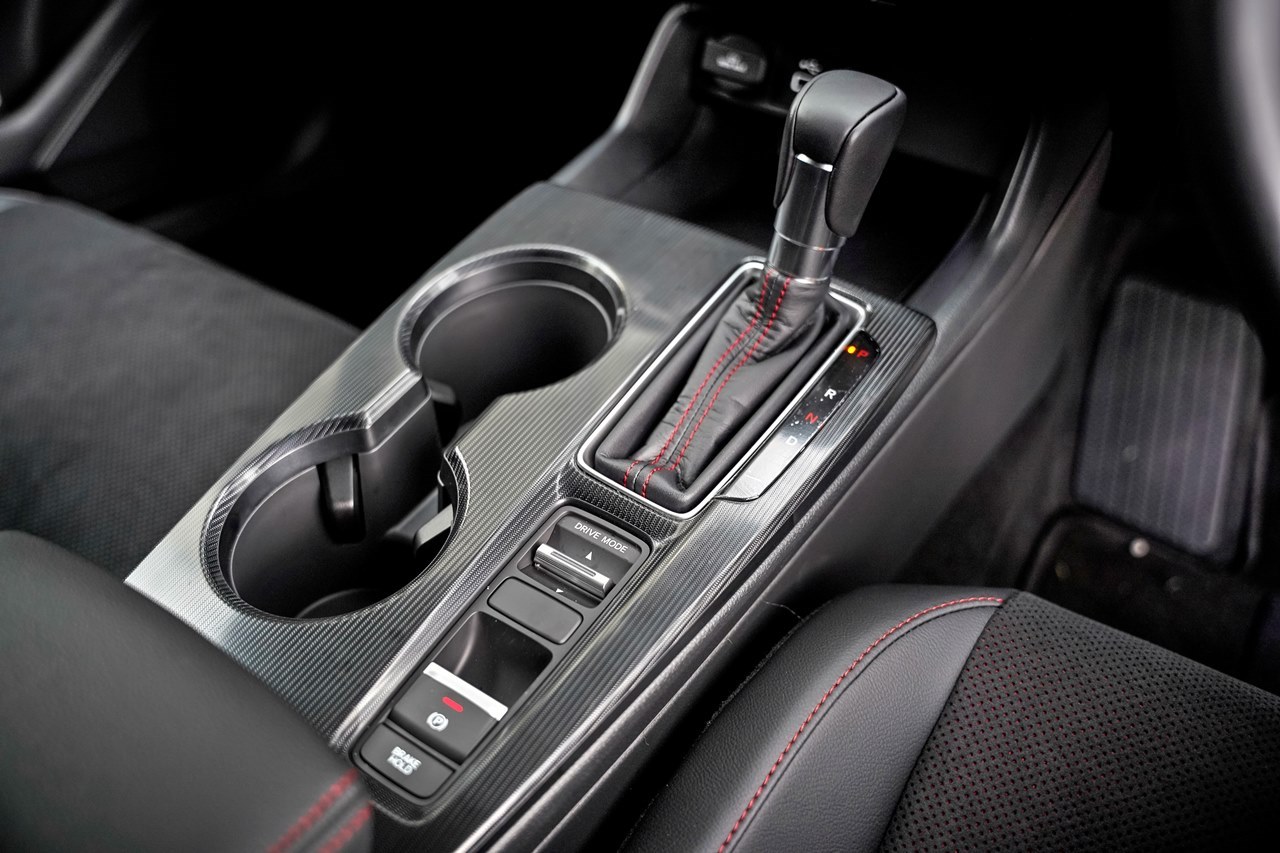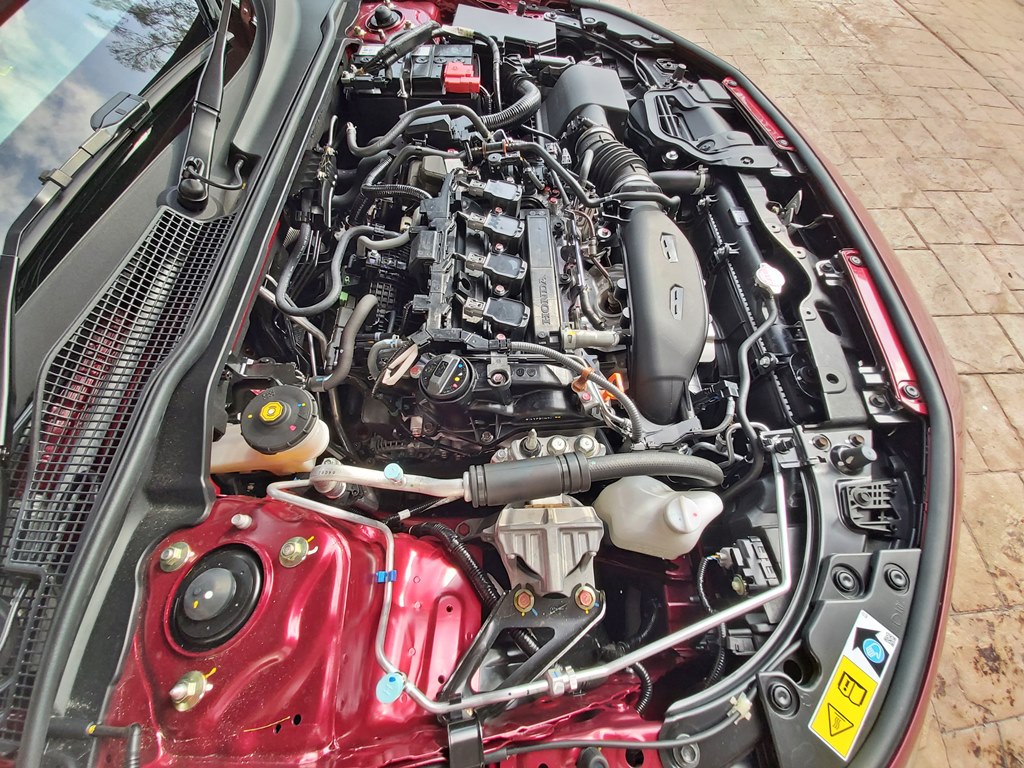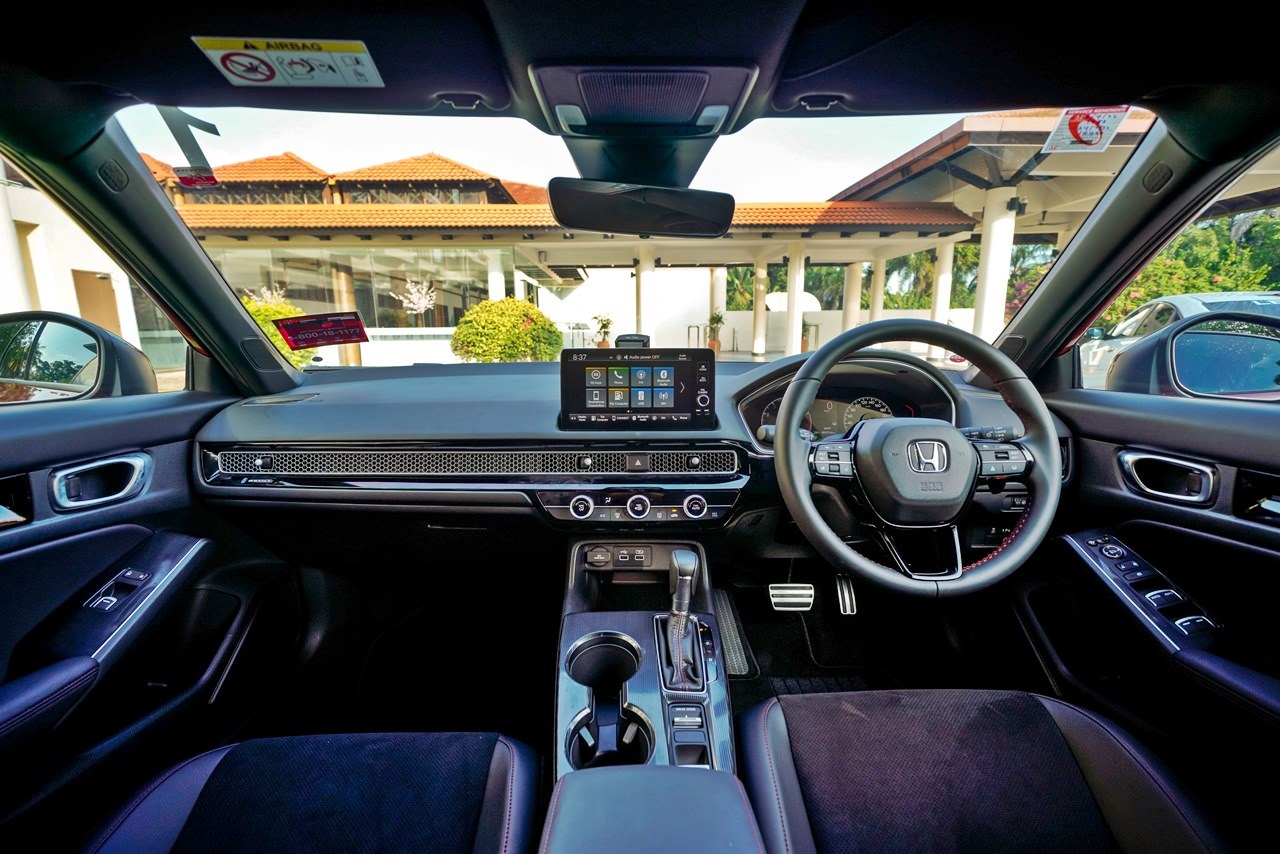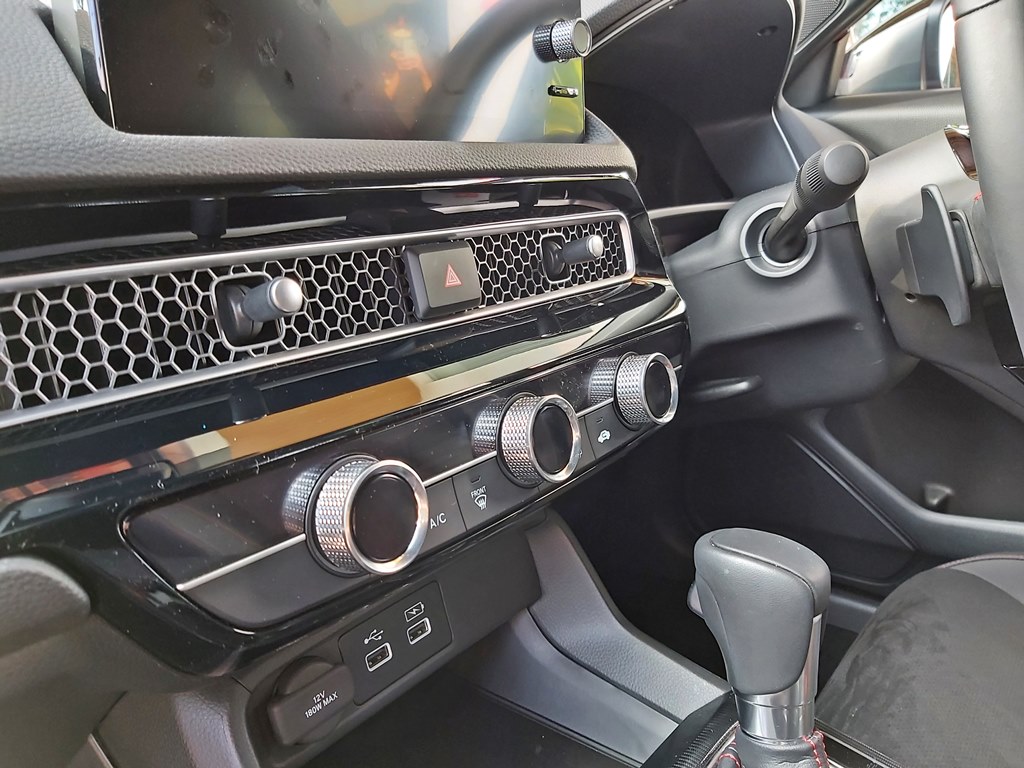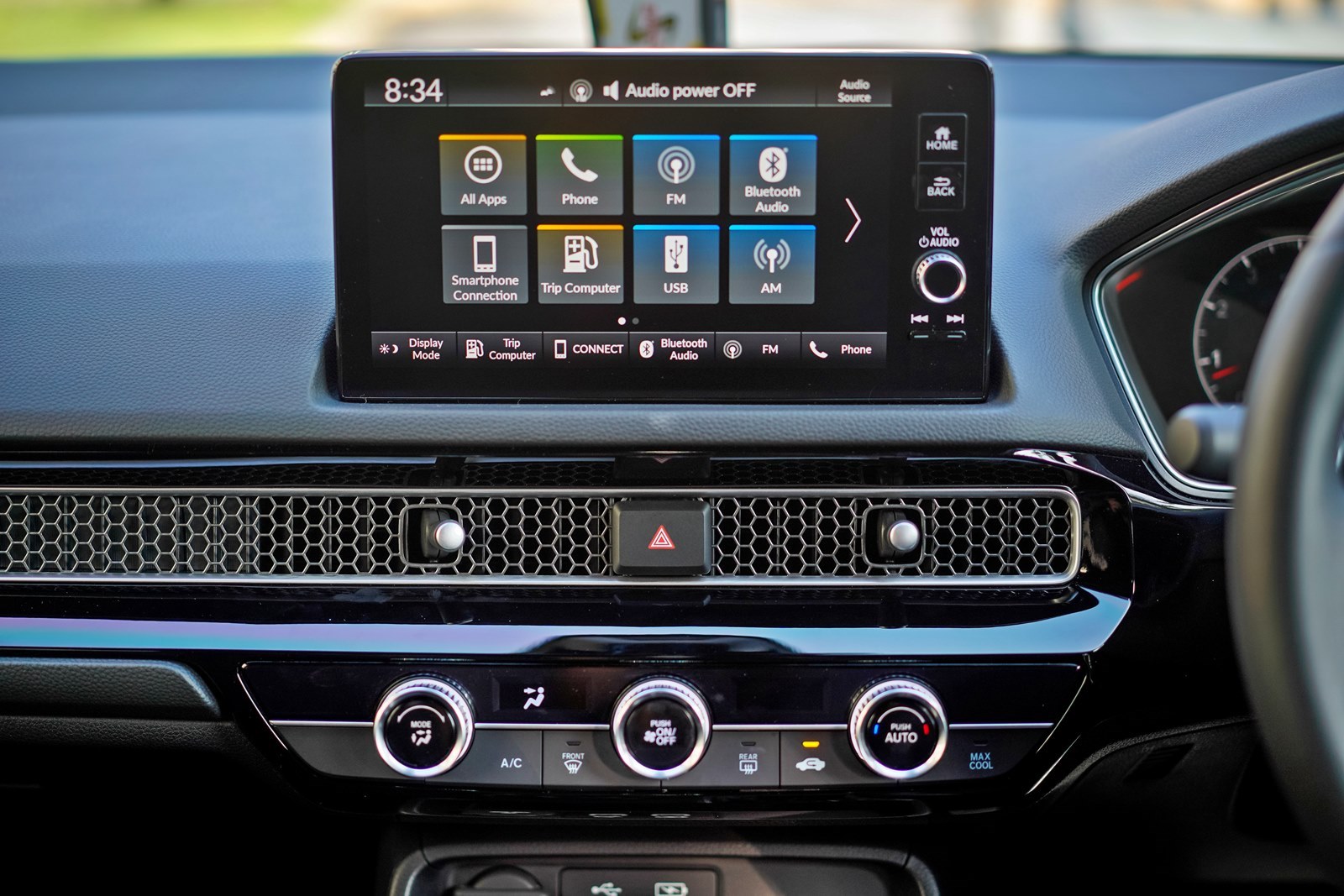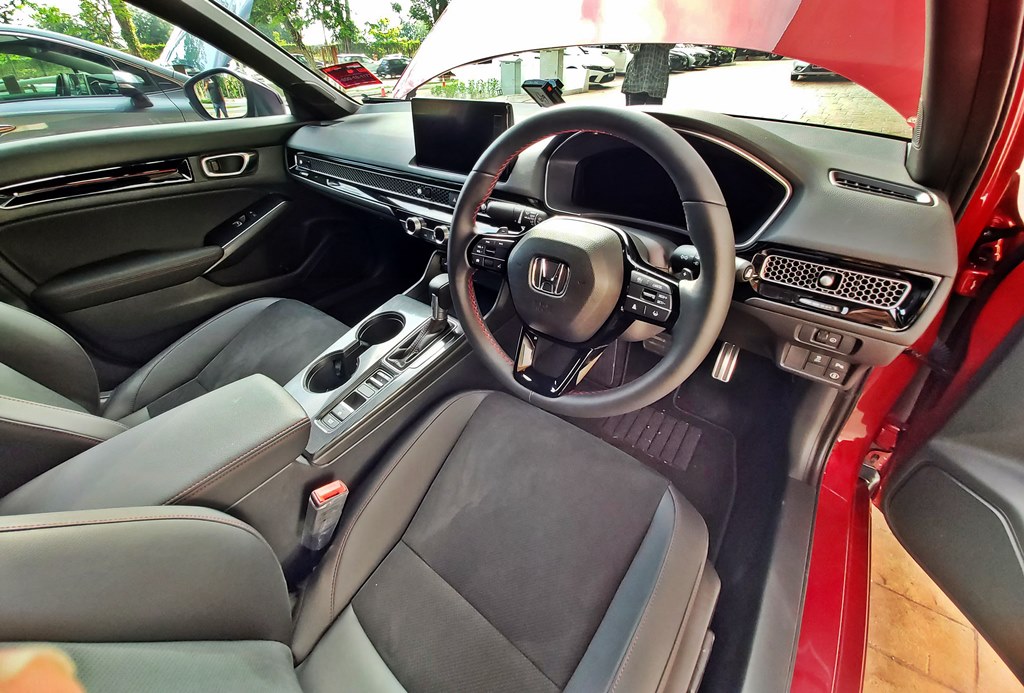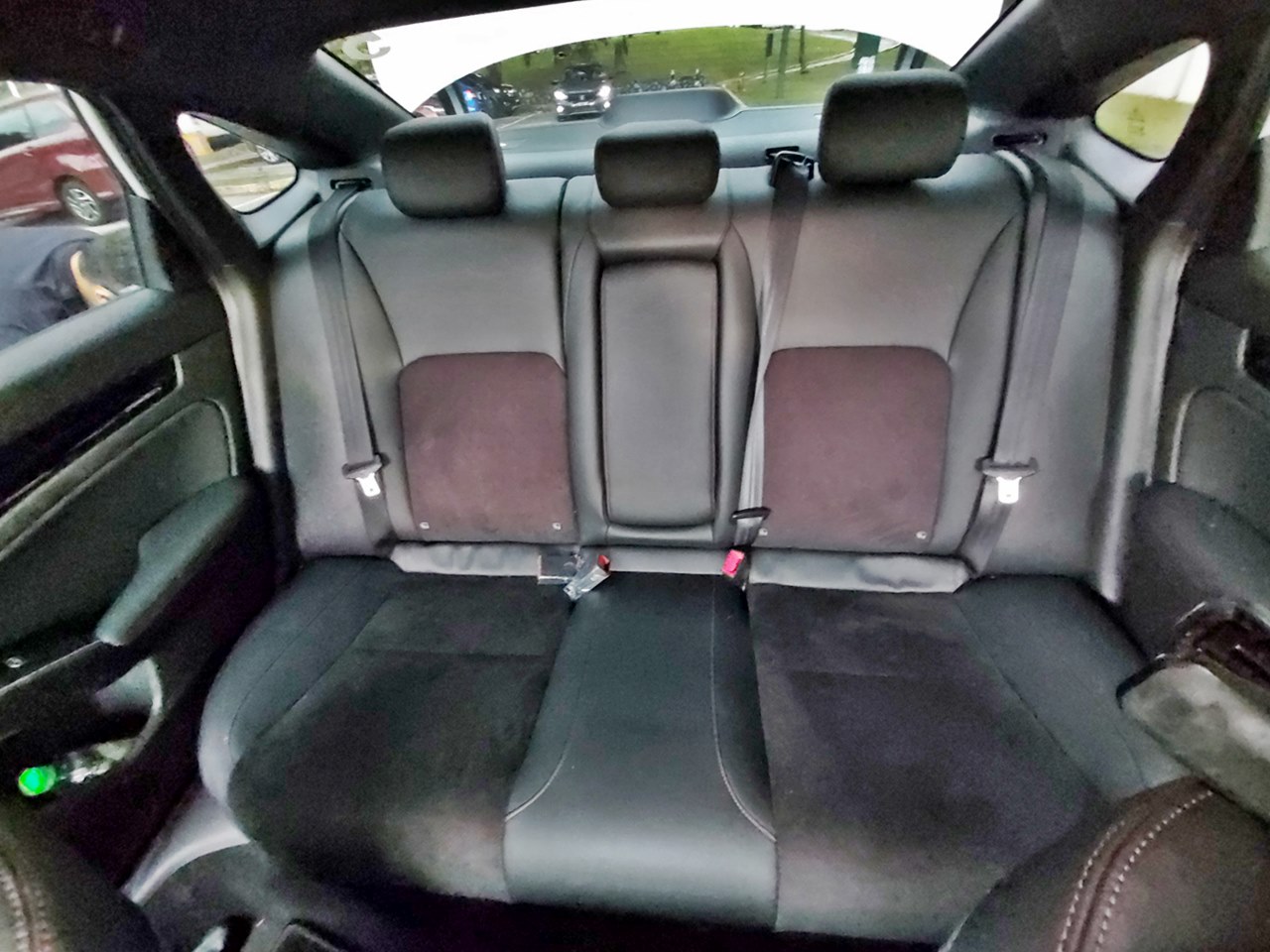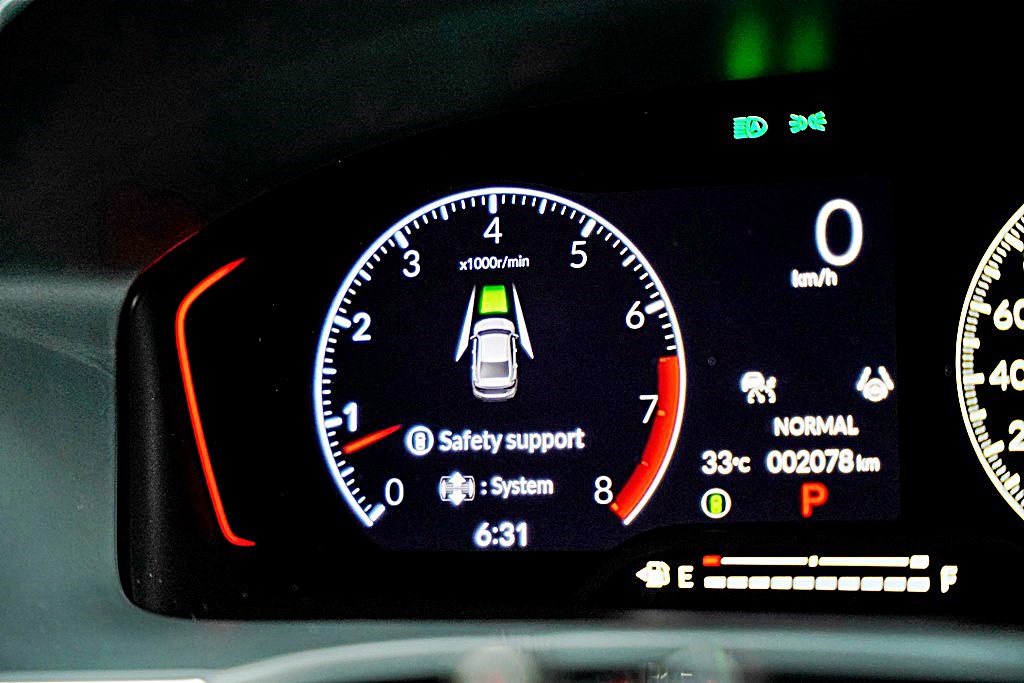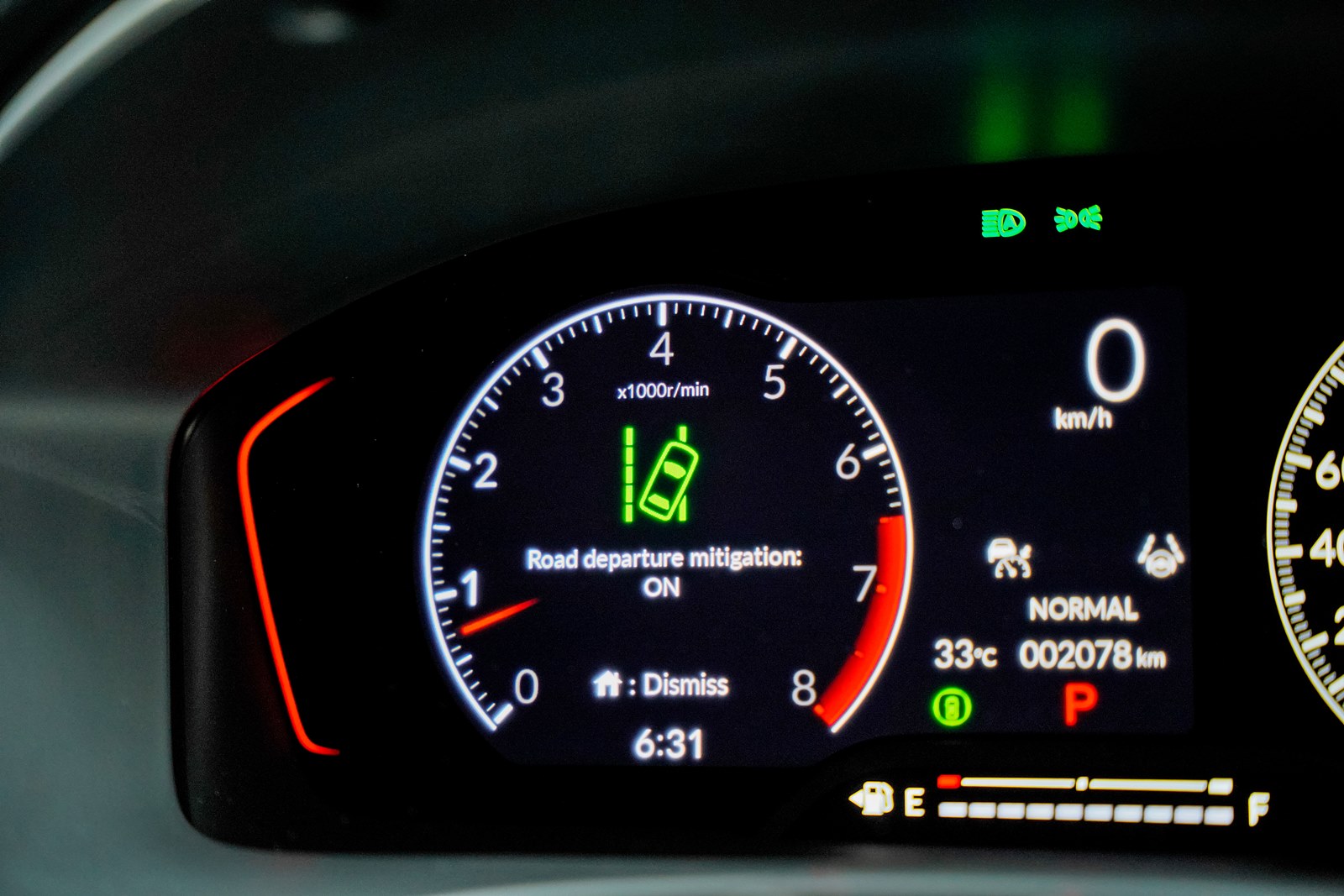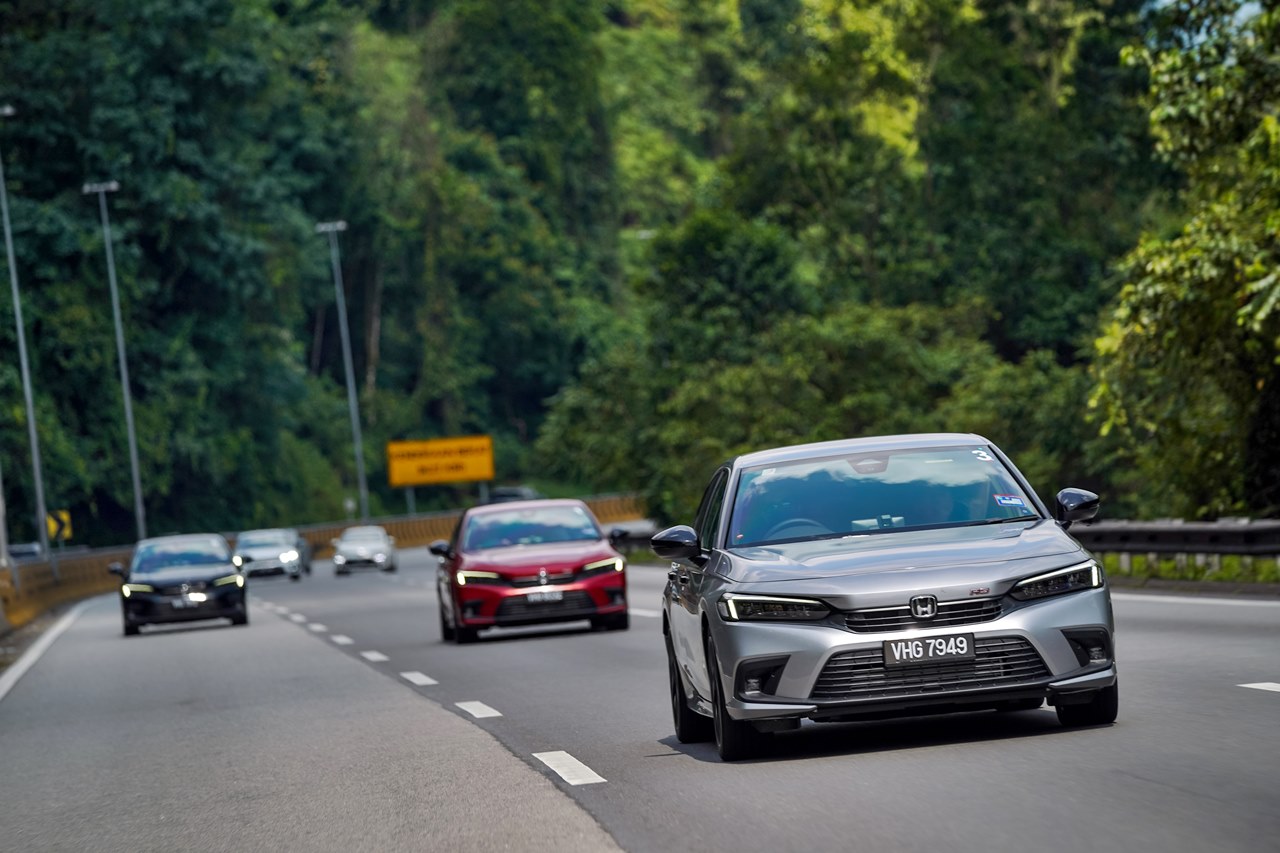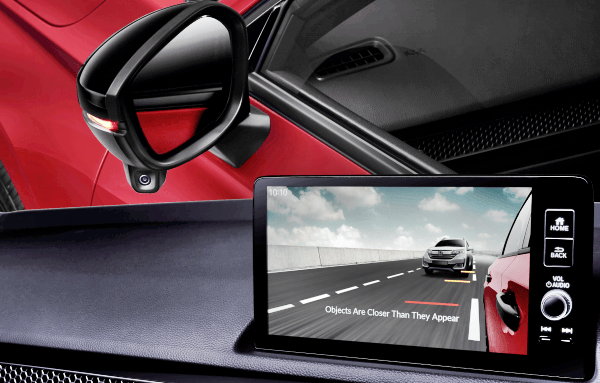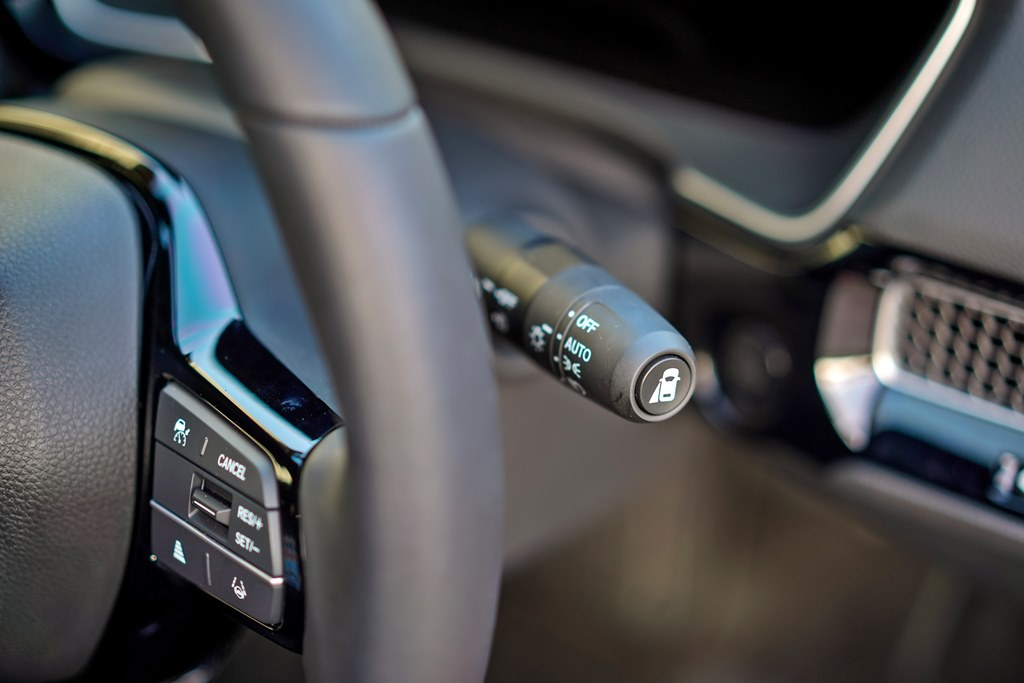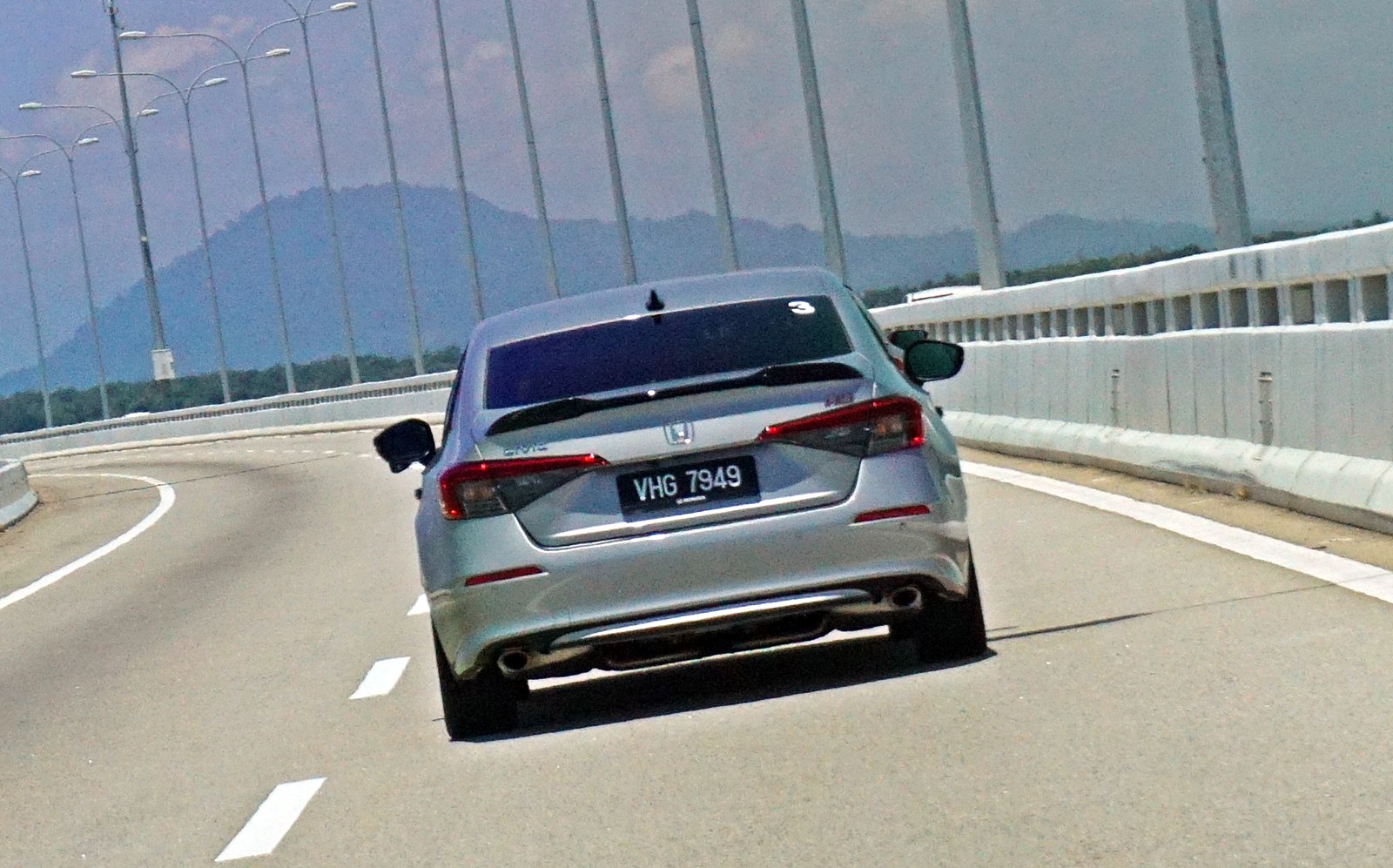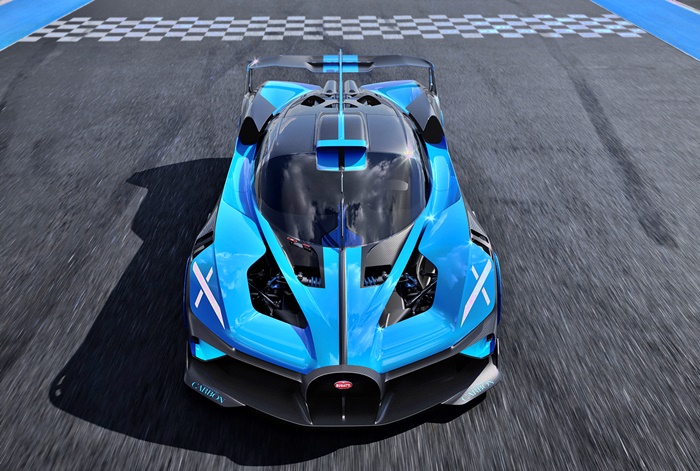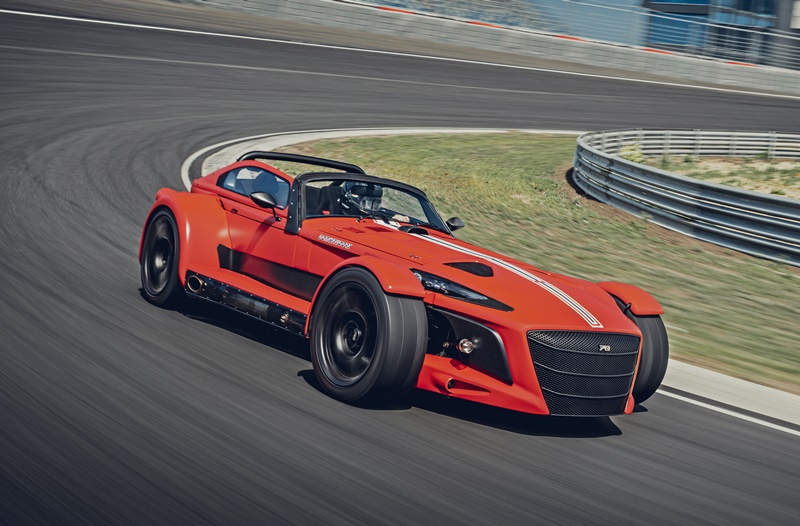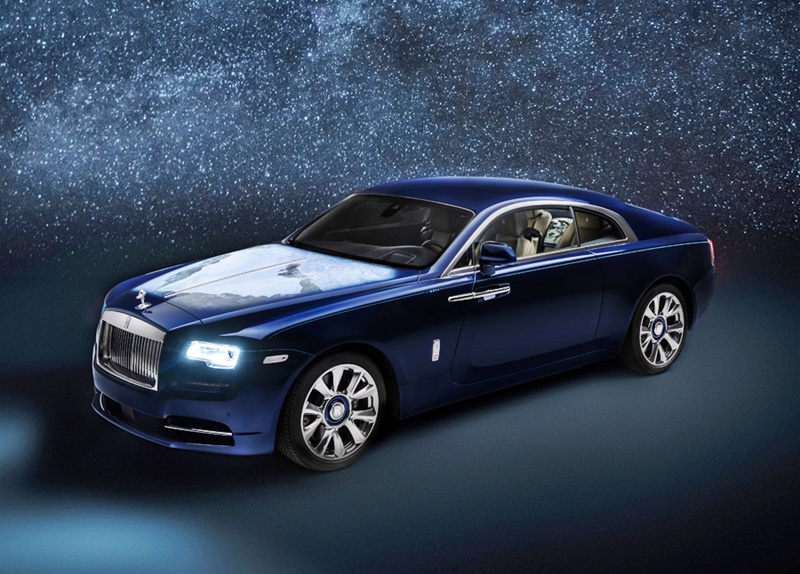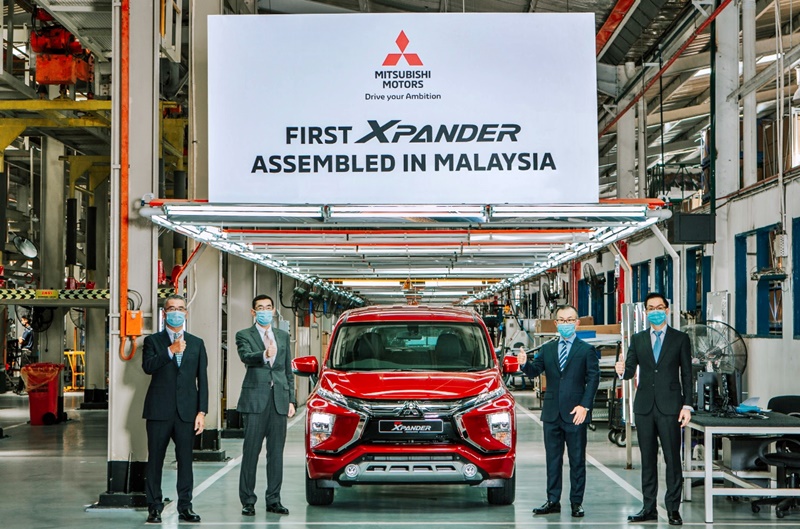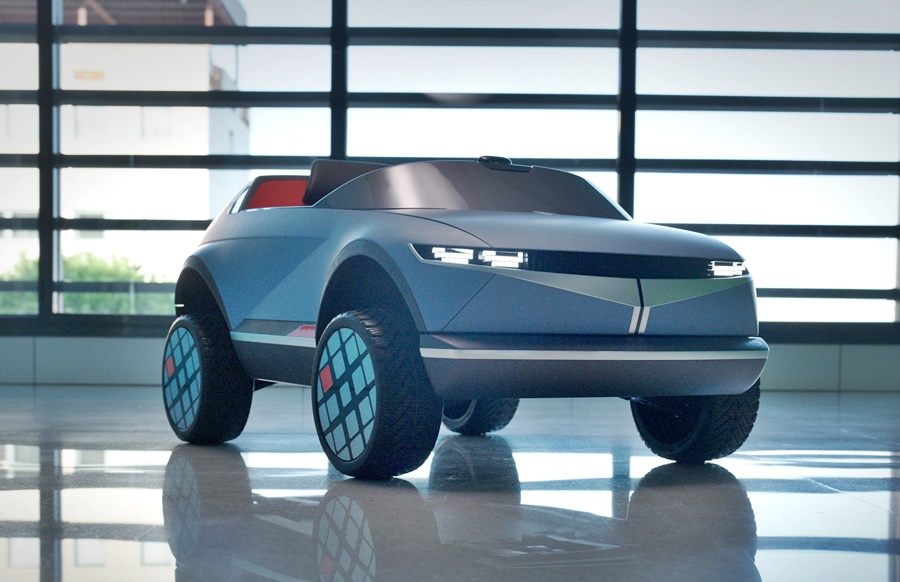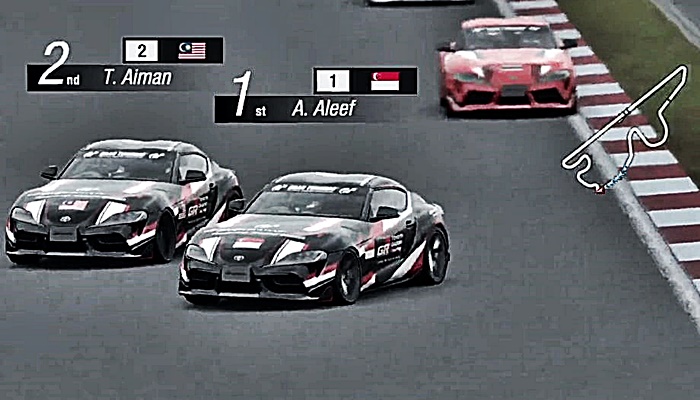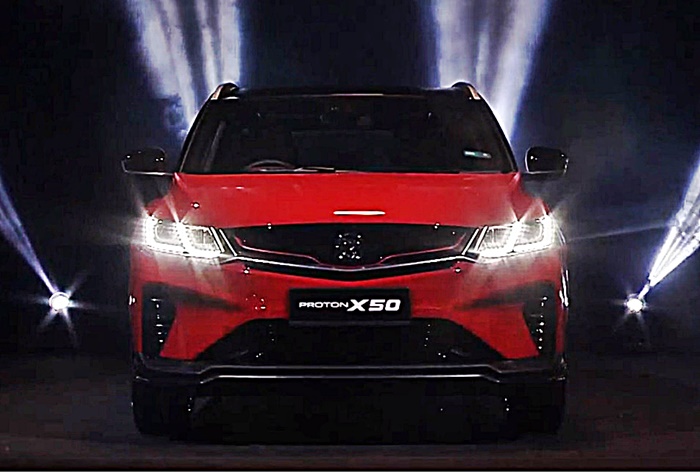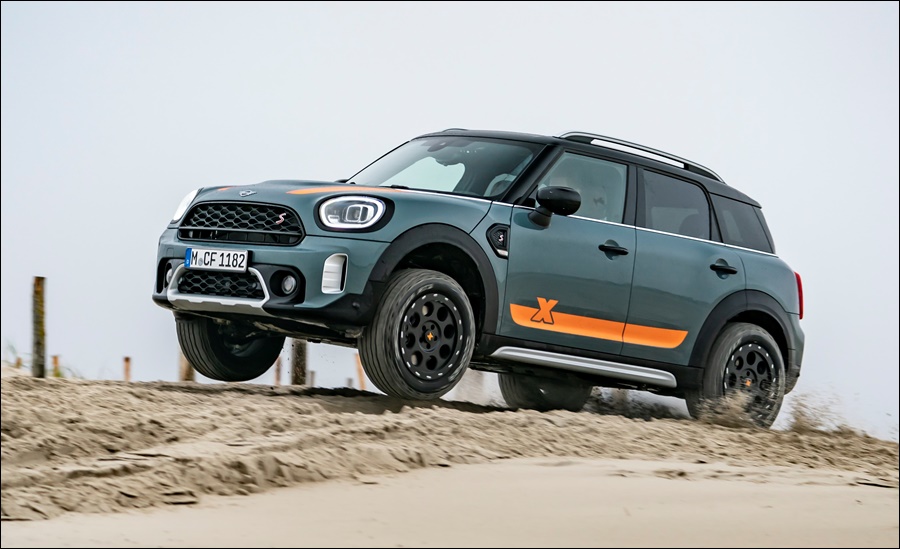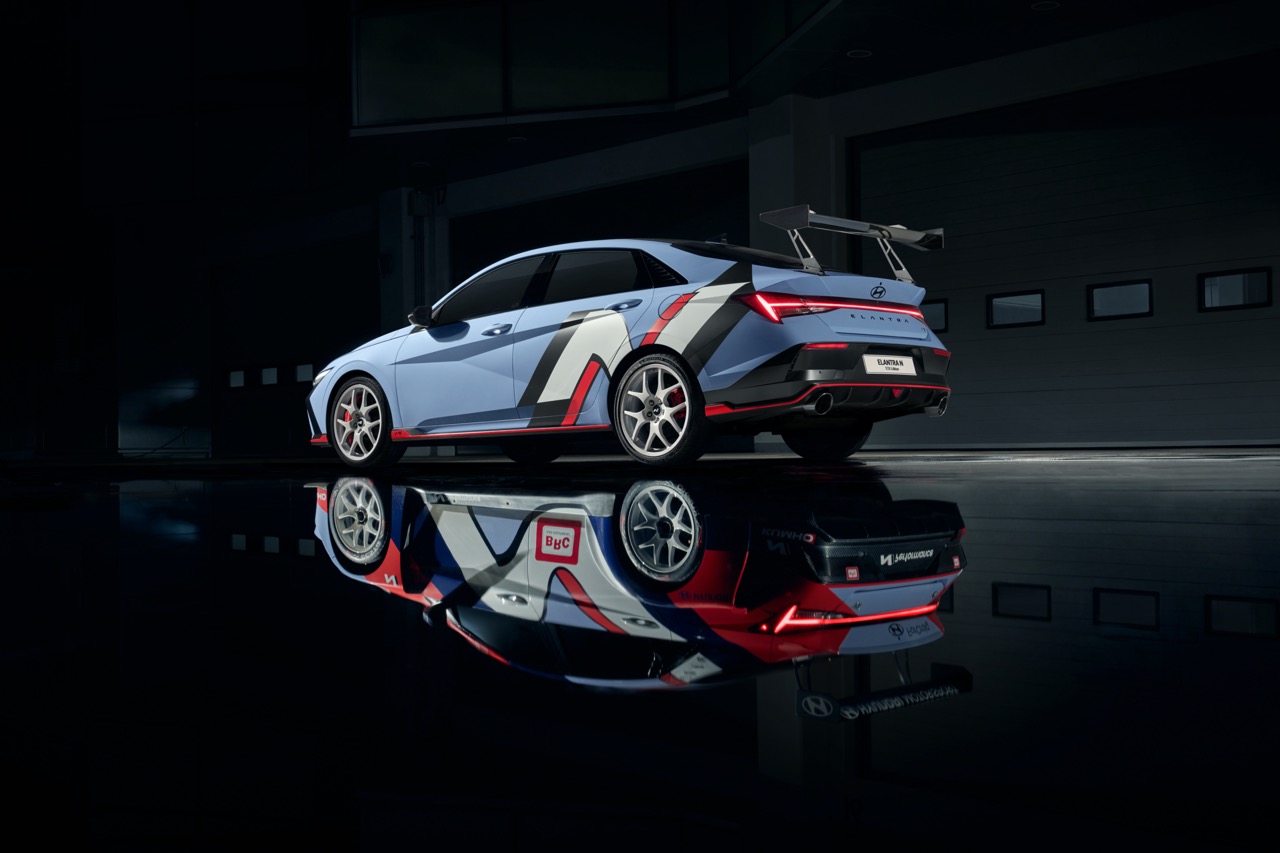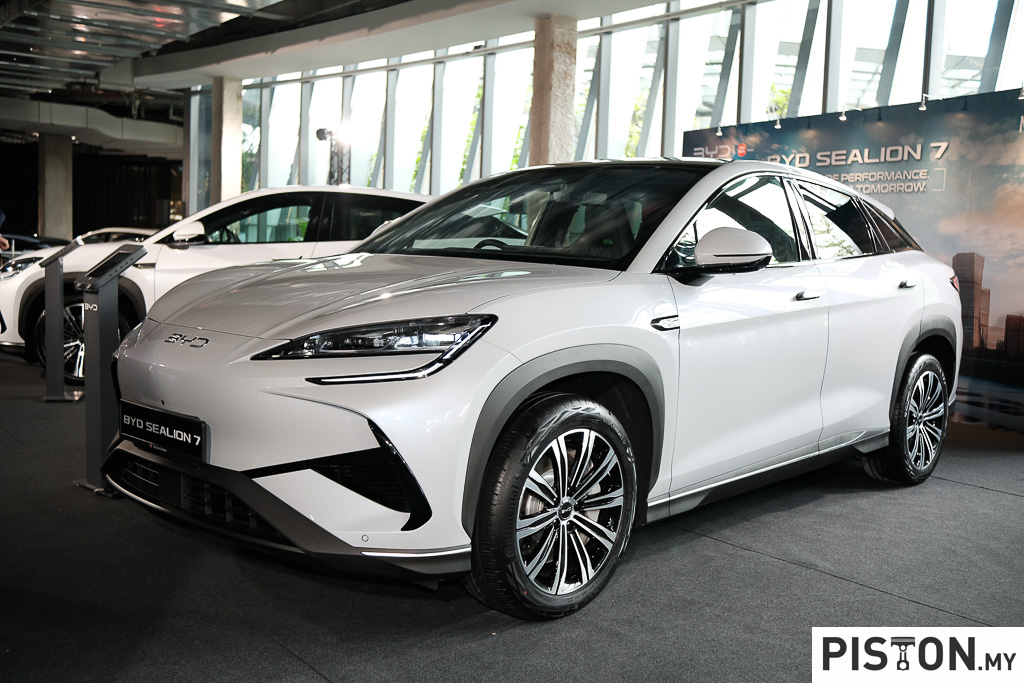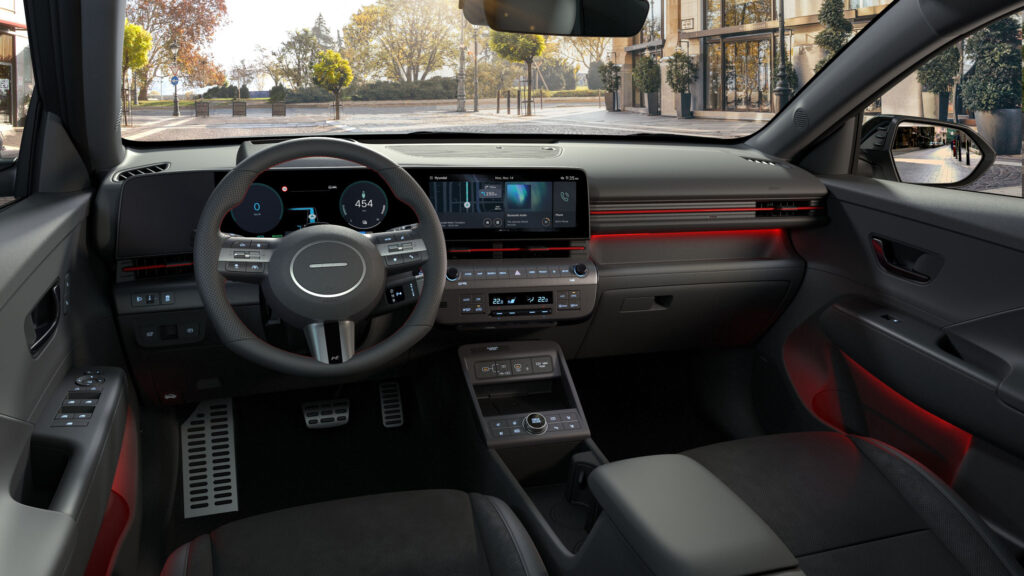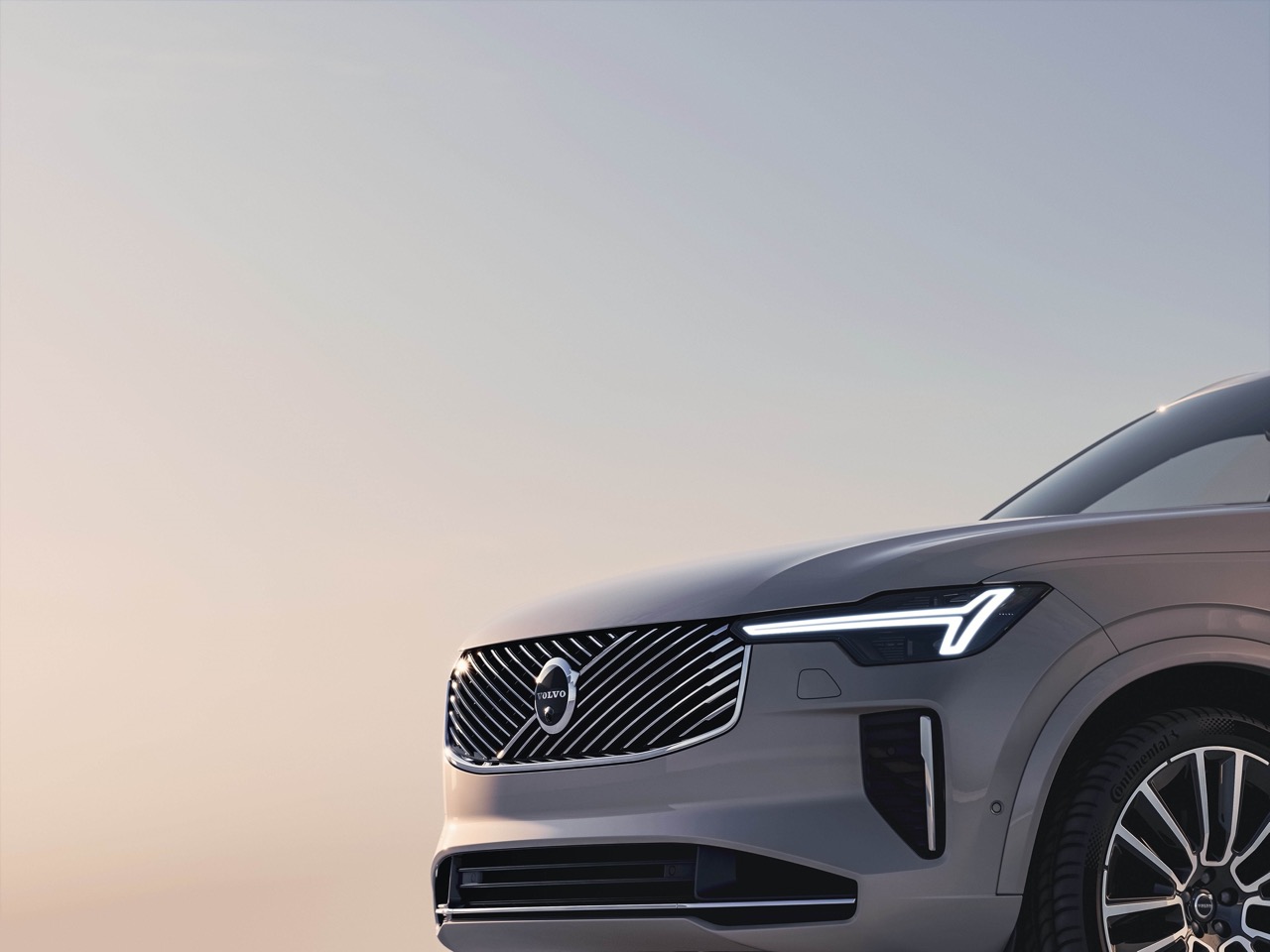Rather than develop another new and bigger SUV model, Bentley has instead extended the wheelbase of the Bentayga to create a new luxury flagship. And it’s not been a cost-saving project either as the company reveals that it made a ‘9-figure investment’ for the development of the new model which has over 2,500 new parts and a complete new underfloor.
The new Bentayga Extended Wheelbase (or EWB) promises ‘the best rear cabin experience’ which should be acceptable to those who have been used to the Mulsanne limousine (now discontinued). Since its unveiling in 2015, the Bentayga has been a major success for the brand, ascending to become its bestseller. In 2021, the Bentayga accounted for just over a third of the 14,659 vehicles sold by Bentley and the EWB is eventually expected to make up 45% of all Bentayga sales. No doubt, many will be in China where long wheelbase models are highly favoured.
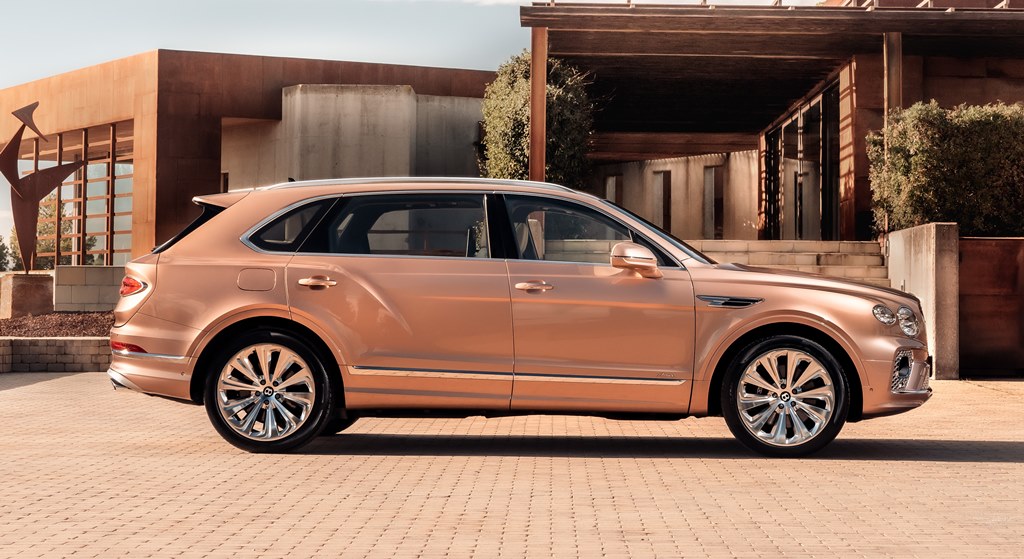
Increased length all for rear cabin
The current Bentayga is the second generation of the model and for the EWB, the wheelbase has been extended by 180 mm – from 2995 mm to 3175 mm to stretch the overall length to 5322 mm (in comparison, the BMW X7 is 5151 mm).
The increased length is all given to the rear section, creating a cabin space that is said to be larger than any other luxury competitor. The Bentayga EWB also provides an extra 10 mm of headroom compared to a Mulsanne, whilst having a roofline 100 mm lower than competitors providing a sporting and well-proportioned silhouette.
While it is recognisable as a Bentayga, there are 4 exterior differences that identify the EWB: the longer profile, a new front grille, a new polished 22-inch 10-spoke wheel, and a repositioned sunroof. Taking inspiration from the new grille on the Flying Spur, the Bentayga EWB has a ‘Vertical Vane Grille’ design that is visually striking. The unique grille consists of bright chrome vertical vanes sitting in front of a black mesh grille.
The repositioned panoramic sunroof illustrates the focus on the rear cabin ambience. It has been moved rearwards by 125 mm, providing the optimum position to bathe the rear cabin seating area in natural light. The sunroof can be controlled via the rear cabin Touch Screen Remote, as well as by the front cabin console.
Attention to wellness
‘Wellness’ seems to be a new trend in the development of cabin environments and to provide this at the highest level, there is the Bentley Airline Seat specification. This is the most advanced seat ever fitted to a car, with 22-ways of adjustment and postural adjustment technology.
The postural adjustment system automatically makes micro adjustments to the occupant’s seating position and pressure points, by measuring pressure across the seat surface. The system can apply 177 individual pressure changes across 6 fully independent pressure zones over a three-hour period improving comfort and minimising fatigue throughout a journey.
World-first climate control
Equally impressive is the new auto climate sensing system (a world-first) which senses occupant temperature and surface humidity and then determines whether to apply heat, ventilation or both simultaneously to keep the occupant at optimum thermal wellbeing. A comfortable thermal environment can also alleviate fatigue, reduce irritability, and this can help to improve driving safety as well.
Even without the advanced system the ventilation and air conditioning system in the rear cabin has been enhanced to further improve onboard wellness. The rear ventilation activates only when rear occupants are detected, reducing rear cabin fan noise. A separate air ionisation system that improves air quality with lower airborne particulates is dedicated to the rear section.
Superlative craftsmanship throughout
As with every Bentley, superlative craftsmanship is a given and the Bentayga EWB incorporates a more advanced stitching design created using digital craftsmanship. Diamonds can be seen elongating symmetrically from the centre of the seatbacks shoulder panels and along the length of the door, reflecting the extension in the car itself.
The new interior style of the longer rear doors also includes a unique design showcasing the optional ‘Metal Overlay in Veneer’. Using a thin metal strip just 0.07 mm thick, an intricate design is bonded by hand on the surface of the veneer before the part is lacquered and polished.
New features include Bentley Diamond Illumination (where light is emitted through small perforations in the soft feel door trim) which demonstrate how technology combines with contemporary craftsmanship to deliver incredibly modern design in luxurious materials. With 24 billion trim combinations alone (and a total number of possible specifications running into the trillions), the cabin of the Bentayga EWB is capable of offering the most individual Bentayga ever.
For the first time on a Bentley, power closing doors can be specified. Also fitted as standard are new ‘waterfall illumination’ interior lamps providing subtle illumination to the rear cabin. The illumination is focused towards the centre of car, and improves the passenger’s visibility of the key central controls and features.
Electronic All Wheel Steering
The Bentayga has been praised for its dynamic abilities, with impressive its performance on the road and in ride and handling. This is expected to also apply to the Bentayga EWB which has Electronic All Wheel Steering and Bentley Dynamic Ride as standard.
Though it will certainly be heavier than the other Bentayga models, the EWB should have equally muscular performance with the proven 4-litre, 32-valve dual twin-scroll turbocharged petrol engine. Mated to an 8-speed automatic gearbox, this 550 ps/770 Nm V8 can propel the Bentayga EWB to 100 km/h in a claimed 4.6 seconds and a top speed of 290 km/h.
Production of the Bentayga starts during the fourth quarter of this year, with deliveries to the first customers taking place before the end of the year.
22-inch carbonfibre wheel for Bentley Bentayga from late 2021




